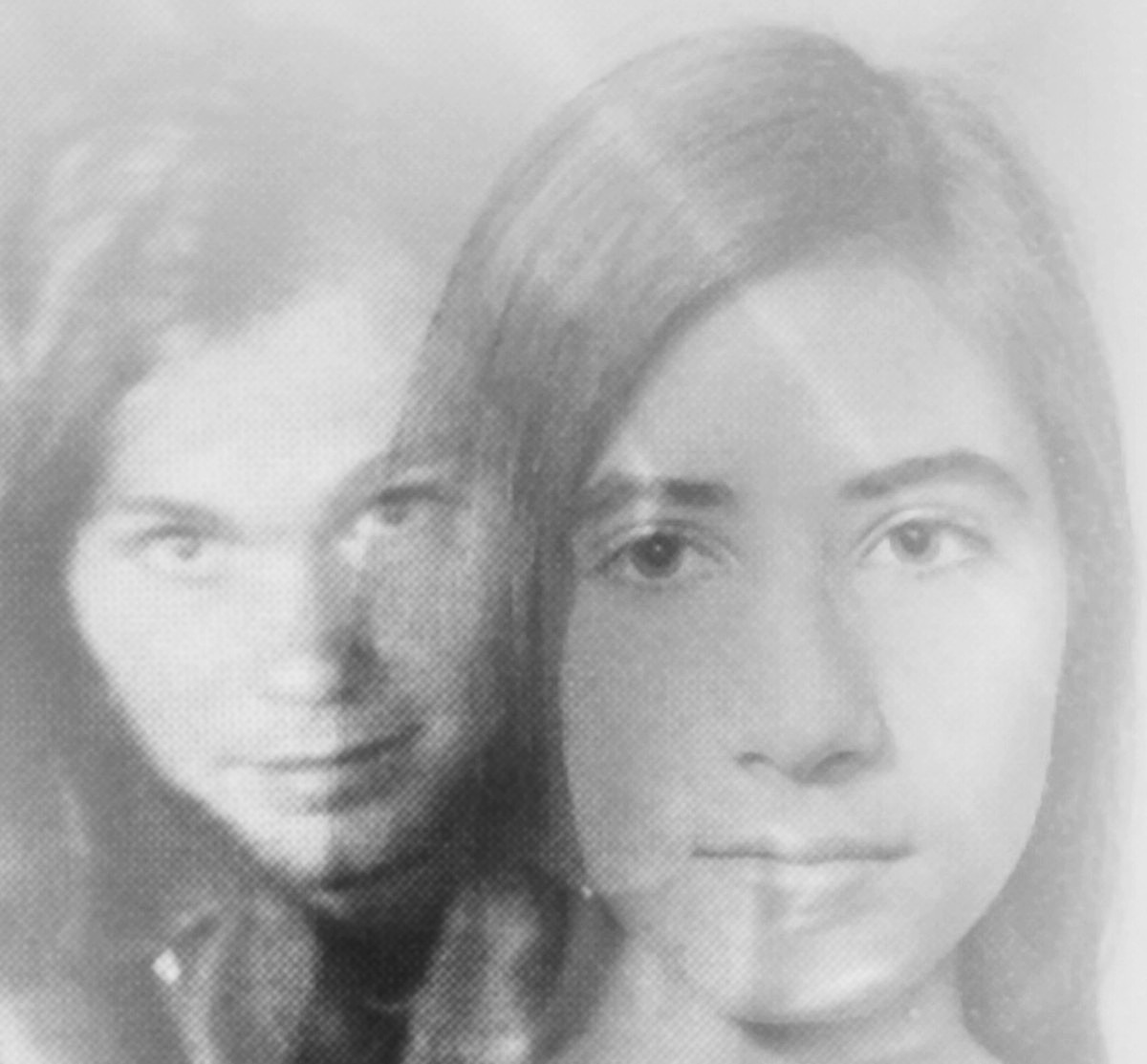
‘Something Wrong with Her is a memoir told in linked essays, with each chapter a kind of formal experiment. Essay titles include “I Write as a Charlatan,” “Interlude: Subtone: I Say Scared, You Say Scary,” and “Riffing: Girls with Long Dark Hair”; these titles point both to a jazz term (interludes, subtones, riffing) and the overarching theme of writing one’s sexual history. These experiments attempt to replicate the feeling and form of jazz via language. Too, each essay-chapter is comprised of literal traces of previous selves: fiction taken from Mazza’s other published works, emails, fragments from her diary, photos and marginalia.
‘Jazz is a cerebral form, yes, but it’s also an embodied one — aficionados discuss its coolness, its soulfulness, its heart. What powers this hybrid, fragmented text is the existential tension between mind and body. Mazza struggles to wrap her head around what seems to come so intuitively to others: how to live sensually in a body. Her language resists the sensory, a neat trick when done in the mode of creative nonfiction.
‘Contemporary essays and memoirs both are often saturated with details of body and place. Consider the rough-hewn descriptions of Cheryl Strayed’s Wild: the backpack that digs into shoulders and hips, sloughing off flesh; the narrator pausing on her trek to have sizzling sex with a stranger. Mazza’s form resembles jazz, yes, in its precision and improvisation on a theme. But it also resembles the mental control executed by the jazz musician as she riffs on but never loses her melody: every word chosen points back to its maker’s struggle to access the world by way of the body.
‘This cerebral focus is the book’s great strength. Mazza’s intellect is incisive — at times bordering on cruelty toward her former self — as she burrows deep into her psyche to uncover what in other memoirs might be referred to as the originary trauma: a failed sexual encounter with the man she retroactively anoints the love of her life. Mazza refuses to read this moment as being a site of origin, or of being irrevocably traumatic, however. She seeks out this man years later, then rewrites the lost years they might have shared as an obsessive wrestling with their relationship’s dissolution.
‘Something Wrong with Her leaves unconfessed whether Mazza ultimately reuinites with her former lover, or if the string of heartfelt emails they exchange is all there is or ever will be. Its subtitle, a memoir in real time, necessitates this final opacity — a happy ending would resolve on a major chord, and this book, rightly, ends on a minor seventh. In this choice, I hear Dederer’s plaint, that “if questioning can’t be part of expressing female desire, that is a diminishment.” Mazza’s work, via form and content, occupies a space of existential doubt: how do we write through both the mind and the body? How does the act of writing and compiling our past selves influence who we get to be in the present? And how does women’s writing about sex especially foreground these difficulties?’ — Brooke Wonders
___
Further
Cris Mazza Site
Cris Mazza @ Twitter
Lust as Violent as a Hernia
There’s Nothing Funny About Not Being Able to Orgasm
Cris Mazza interviewed @ Bookslut
On Losing It and Other Chick Stuff
A Catalogue of Possible Forewords
“Are We Ready to Read Cris Mazza Yet?”
An Alt-X Interview with Cris Mazza
Fixing “What’s Wrong”
Cris Mazza @ FC2
Didn’t Say No
Is It Sexual Harassment Yet?
Feature Illustrations: Cris Mazza Memoirs
How Cris Mazza Became a Writer
Q & A with Cris Mazza
“Many Ways to Get It, Many Ways to Say It”
Buy ‘Something Wrong with Her’
___
Extras
Cris Mazza – 1989 APSU Reading
Trailer: Anorgasmia, a film by Cris Mazza and Vitale
College of DuPage – Writers Read Series: Cris Mazza
_____
Interview
from The New Inquiry

Megan Milks: The forensic methods you adopt in this memoir are fascinating, especially from a writer’s perspective — you frequently turn to your fiction as evidence for how you have understood or made sense of your life, and the people in it, often on the same pages in which you turn to old journal entries for similar insight. Do you see your fiction as a form of life-writing?
Cris Mazza: My fiction should be able to stand on its own, without a reader’s knowledge of my life, and be or say whatever it’s going to be or say as an entity. So far, from critical reviews through my career, it has and does — often surprising me with the nuances and ideas critics locate. But fiction, mine or anyone else’s, can be life-writing if one looks at it purposely in that way, and with the various spotlights provided by other kinds of artifacts: letters, journals, memories, other people’s memoirs, etc. Or, seen another way: A writer’s fiction is just one more artifact to examine in excavating that writer’s life.
At first I went back to my fiction to help stimulate my memory about the events that had provoked the stories or novels. That helped some, but laying the fiction side-by-side with journal entries, letters, and my memory (the most flawed of my tools) allowed me to look at what I’d done to the experience to make it work as fiction. For the most part the utilization, the changes, do make the fictional unit work better as a story, a novel, as art. But even when the alterations, additions, deletions, etc. are for the benefit of the fiction, looking at specific choices when turning experience into fiction showed layers of my relationship with the experience at the time.
For much of your career you’ve been known as a sexual provocateur — this memoir is provocative and tell-all in a much different way. Was it a difficult decision to commit to this project? What led you to tell this story now?
“It” was in every layer of life: friends, social/professional networks before those on the internet, conferences, students, student work, other forms of manuscript reading, and now Facebook, blogs, and — always present — published works. “It” being: open, free, uninhibited, hungry, and complete female sexuality, not just flagrantly (and insultingly) used by advertisers, but imbued in the sensibilities of women, in how they talked, related personal stories, presented themselves: sexual beings whose lives were made complete by it. Like anyone who got tired of responding one way when you feel another, enough was enough.
Since I came of age long after the ’60s sexual revolution, there was no “honor” or “virtue” in the status of being a virgin. I read the breakout books of the next generation, notably Fear of Flying. It’s appropriate that the word “Fear” came in the title, but Erica Jong’s character was not afraid of sexual contact. I saw, in reading, only women who were frustrated by being unfulfilled by unimaginative sex partners, by stultifying marriages, by being defined by a stereotype of female sexuality with no encouragement for them to express their true sexuality. I saw women who knew what they wanted sexually, who were bold enough to seek it, who still retained the vulnerabilities of being human but were made more complete — even powerful — by the completeness of their sexual experiences. This was before the onslaught of memoirs, and before memoirs ventured into incest and sexual abuse. Even when sex was hurting women, the “recovery” part of their stories seemed to include a road to sexual completeness. When memoirs entered the territory of sexual excess, it wasn’t always the case that sexuality was hurting women. Women were now powerful: the sexual surrogates, the dominatrix, the sex workers, portraying their careers enthusiastically without claiming to be victims.
Then using delight in sex became many women’s way of expressing themselves on every topic. It seemed as though one had to reveal how lusty or orgasmic they were no matter the subject being responded to. Pretending anymore was no longer an option for me. I started to get bitchy (if I even joined a Facebook thread), but there’s no isolation like hiding what you really feel (or don’t feel).
Something Wrong with Her is many things at once: an investigation of your sexuality and sexual history, an analysis of past relationships, an excavation of your journals and stories, a performative memoir…It’s also in many ways a collaborative love story — your lover/friend Mark becoming not just your frequent addressee but also a participant in the writing of the book. Why was it important that Mark become a co-author in certain moments?
The true importance of having Mark participate in the book was a lucky (but predictable) side effect to how natural it was that he should be included. Earlier on, every time Mark responded to something I told him about writing the book, usually a remembered event or person I was focusing on, his responses — question or comment but frequently both — would alter and add to where I thought I was going with all of this. With his written comments (in email) being not only enough to prod me, affect me, change me as I wrote, but also so thoroughly him in character, it almost seemed a shortcut to include him in his own words than to try to describe and characterize him. Besides, he was participating in the book, and it was a book “meant to be read while it was being written,” so how could I not include Mark while and in the ways in which he participated? The final way being to proofread a finished draft and comment on anything more that provoked him. Or maybe that’s not even the final participation, as Mark expressed things in his genre when he played the featured saxophone solos for the jazz suite that was commissioned to accompany this book.
Mark says: I had wanted to tell her what I was thinking for 30 years. Having it be important enough to put into a book, and then to even share in shaping that book, was, at the same time, like a fantasy and as natural as the first email, when I said “Some things have happened that I want to tell you about.”
If the book is one “meant to be read while it was being written” — and, it seems, is still being written, as it’s being read — I’m wondering how you see this kind of approach, which seems to resist interpretive closure, in relation to the formal demands of the memoir, given that the genre seems to necessitate closure of some kind. In particular, how do you see your memoir departing from other memoirs of sexuality and sexual abuse, which so often (as you note above) end in sexual completeness and sexual fulfillment?
Yes, and they also usually end in some kind of new self-understanding, new self-acceptance, new way of approaching sexuality — some form of emerging on the other side of whatever experience it was. On the one hand, I can understand a notion that one ought not write a book until a vital experience or phase of life is complete so that the author/narrator can have the distance to see the whole picture. On the other hand, for me, there was no way to “complete” the experience of anorgasmia. Plus, more importantly, the process of writing the book itself was part of the experience, maybe the most important part of the experience, since without the probing, without the going back to find then discuss it with Mark, so many of the ideas and almost-answers I did discover would have never been there for me to have distance from to put into a big picture, as unresolved a big picture as it may still be. Female sexual dysfunction is almost a non-experience, the opposite of an adventure that you have, then process, then write about. Maybe I also see writing — in the circular, obsessive way this book was written — to be somewhat the opposite of idealized sex, which suggests one shouldn’t be clogging things up with thinking but just doing. I don’t know about closure. I think it’s something we’ve invented to pacify the realization that stress and anxiety and fear and regret are part of being an adult.
In an essay on The Rumpus, you point out the ways in which (certain kinds of) sexuality and sexualization are culturally privileged, rendering stories like yours invisible. The asexual community, which (largely) defines an asexual as someone who does not experience sexual attraction, has done a lot of political work around divorcing asexual experience from sexual dysfunction; and around validating asexuality as a legitimate sexual identity and viable lifestyle. My agenda here is not to suggest that you are/could be asexual — rather, I am wondering what connections you might see between asexuality/asexual politics and your relationship to sexuality and sexual politics.
I don’t think I was trying to carve out a definable identity of the anorgasmic that can be duly recognized and take its place alongside other recognized identity groups. Forming groups as such seems to have a political reasoning, as you suggest, and I’m not sure my relationship with sexuality is political. True, culture in general sets aside the asexual if every message — about anything — is based on sexual desire and desirability. Even the weather channel has girls in sexy dresses telling us the forecast. But the same could be said about obesity, or other forms of being classically unattractive — sexual culture has to ignore them. Except, no, they are bombarded by a part of sexual culture — advertising — in that it is assumed those groups have a hunger to join the culture of the “sexy.” That’s why I am uncertain where I belong. Do I wish I were different than I am, sexually? This would mean I view my sexual identity as being inoperative or malfunctioning, rather than my sexual identity simply being different from the culturally privileged one. And yes, the title of my book, in fact, puts my attitude there. And if my “problem” is rooted in personal psychology — without a sound traumatic reason — then there’s not even the “victim” group to give me political posture. Basically, I was in what felt to be a terra incognita, isolated. Perhaps asexual individuals likewise lived in a similar kind of isolation and could band together with the sexually dysfunctional the way the gay and lesbian communities banded with the transgender community. It’s related but not exactly the same..
Basically, my relationship to sexual politics is that I wanted to stop pretending, and finally said, “Hey, what about me!” That sounds like a conclusion many different identities have come to.
Your comment about not being in the “victim” group here seems important. I listened to your radio interview on “Ask Dr. Love” with Dr. Jamie Turndorf, and I was struck by her urge to read your narrative through the lens of trauma and victimization — something you resist quite strongly in the book, and continued to resist during the interview. What is at stake when it comes to understanding your dysfunction as rooted or not in trauma?
One thing immediately at stake for me is Mark. If I were to cry “victim,” then he would be one of the victimizers. No, this isn’t like an awful Harlequin romance where a woman falls in love with her rapist. We weren’t rapist and victim, we were two kids. He was as scared and inexperienced as I was. I don’t know what it’s like to be an 18-year-old boy filled with so much urgency, feeling the pressures and influences and expectations he got from his environment. He was clumsy, he was overzealous, he was following cues he’d seen and heard, even taunts he’d received about incompetence. The same thing might have turned another girl off, made another girl laugh, led another girl to acquiesce, and another girl to show him a better way. But I panicked, then spent years obsessing on my panic. That alone has to be half the problem.
I say this in full cognizance of the football-team rapes and drunken-party rapes filmed on cellphones, passed around, and the victim further punished. Perhaps there’s more behavior like that in recent years because of what their culture has taught them about their status and entitlements. Unlike the first boy I’d gone with, Mark stopped as soon as I bolted. Dr. Turndorf was right about that first boy who played rape games. Just my bad luck that I was so skittish to start with, and then had him as my first boy-girl experience. Mark never had a chance for anything but disaster.
You spoke in the interview of the tremendous shame that women with anorgasmia and FSD experience in a hypersexual culture, and this is something you address in the Rumpus essay as well. The words themselves — anorgasmia, dysfunction, frigidity, “something wrong with her” — seem to droop with negativity. Is there any way to look at FSD or anorgasmia in positive terms? What if we were to consider these experiences of sexuality as simply more examples of sexual diversity rather than more examples of bodies that need to be “fixed”?
A person born with no legs — like the Olympic runner from Australia — may be an example of body diversity. But a person who experiences a spine injury and becomes paraplegic … would he or she dream of a fix? So, yes, I would see asexuality as sexual diversity. And I admit, something must have been missing from me from the beginning because the fabled “curiosity” that is supposed to drive girls, or whatever physical urges are supposed to overwhelm us in puberty did not happen. Which helped feed my fear when faced with my earliest intimate situations which led that first boy to report on my inadequacy to his friends. Which fed my sense that something was wrong with me. There seems no way out of this circle. Nurture or nature? Which one do we fix?
There are a number of recent or forthcoming books that seem aimed at exploring sex from less, well, “sexy” perspectives. A book by Sophie Fontanel called The Art of Sleeping Alone has recently been translated into English; in the academic world, queer theorist Annamarie Jagose has a new book called Orgasmology that, among other things, considers the fake orgasm to be a productive and valuable invention (as opposed to merely a symptom of sexual repression or bad sex), and Benjamin Kahan has a forthcoming book titled Celibacies. Meanwhile, asexuality is starting to get attention: there’s Anthony Bogaert’s book, Understanding Asexuality, the first on the subject, and my own co-edited volume Asexualities: Feminist and Queer Perspectives, due out in March. Where does your memoir fit into all this? Are we entering a new cultural moment for thinking about sex?
I’d like to think we are, and I’d love to be part of it. I was never really part of any of the other transformative moments concerning sex, and I so wondered why it was all happening outside of the bubble I apparently lived in. As I mentioned, the sexual revolution of the 60s was before I could’ve participated (although many precocious children my age might’ve been there for that). Then the feminist/sexual-liberation movement in the ’70s, spearheaded by Betty Dodson, famous for her group techniques with nude women sitting in a circle with mirrors, learning how to masturbate. Even when Nancy Friday was collecting narratives of women’s sexual fantasies in the ’70s and ’80s, I couldn’t have participated; my personal fantasies were unambiguously physical comfort, not sexual abandon or curiosity. Meanwhile, by the early ’80s, my fiction was being labeled transgressively sexual. But in my fiction there was almost always a joyless or otherwise grim tone, and the sex fraught with various forms of dysfunction I’ve not experienced — from violence to power transactions, from cold objectification to punishment, and sometimes just a garden-variety warped search for validation.
But part of me is skeptical of the atmosphere changing in a good way. When I was in my 20s and 30s, I thought someday the progressive political values I and everyone I knew held would prevail, because “we” would come of age as far as leading the country, and the racist, religious, classist attitudes would dwindle into a minority. What a disillusionment. Mainstream culture has come a long way in incorporating ideas and attitudes of gay and lesbian sexuality into its love of “sexiness,” but a person who doesn’t crave or hasn’t ever really enjoyed (or even fears) sex? What can this culture do with that? The books you list show there are pioneers out there, and, again, I’d be beyond honored if I were to be considered among them.
___
Book
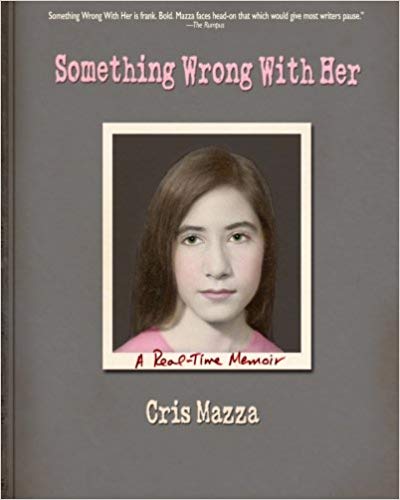 Cris Mazza Something Wrong With Her
Cris Mazza Something Wrong With Her
Jaded Ibis Press
‘Something Wrong With Her turns away from the bogus story of what’s sexually ‘hot’ to finally tell the story of what’s real and human: the other bodies who don’t fit into this culture of idiotic faux sexual excess. By articulating the chronicle of her own body, Cris Mazza successfully seduces us into questioning the libidinal fictions we’ve been telling ourselves about our own bodies. Beyond brave writing.’ — Lidia Yuknavitch
_____
Excerpt

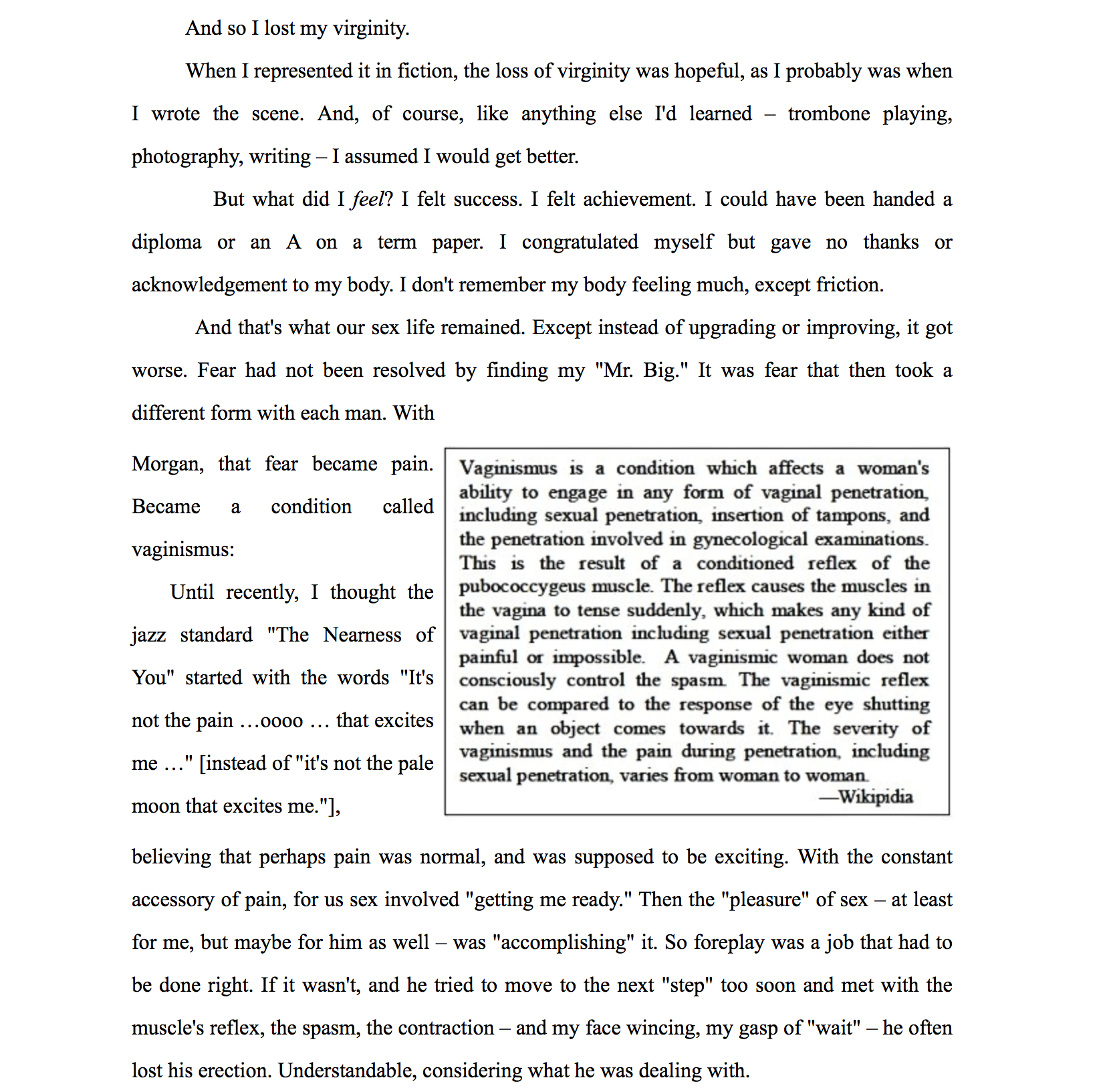
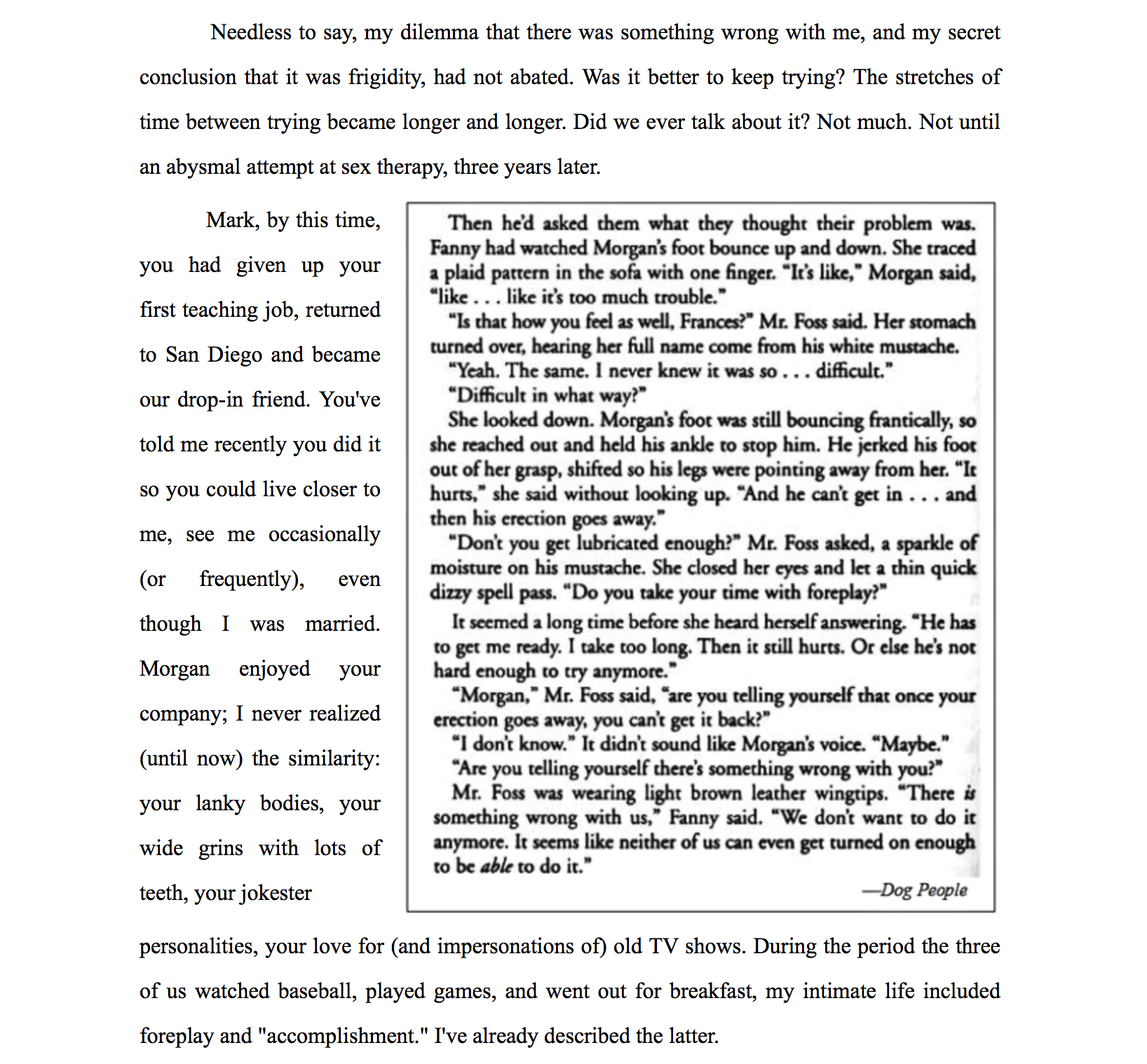
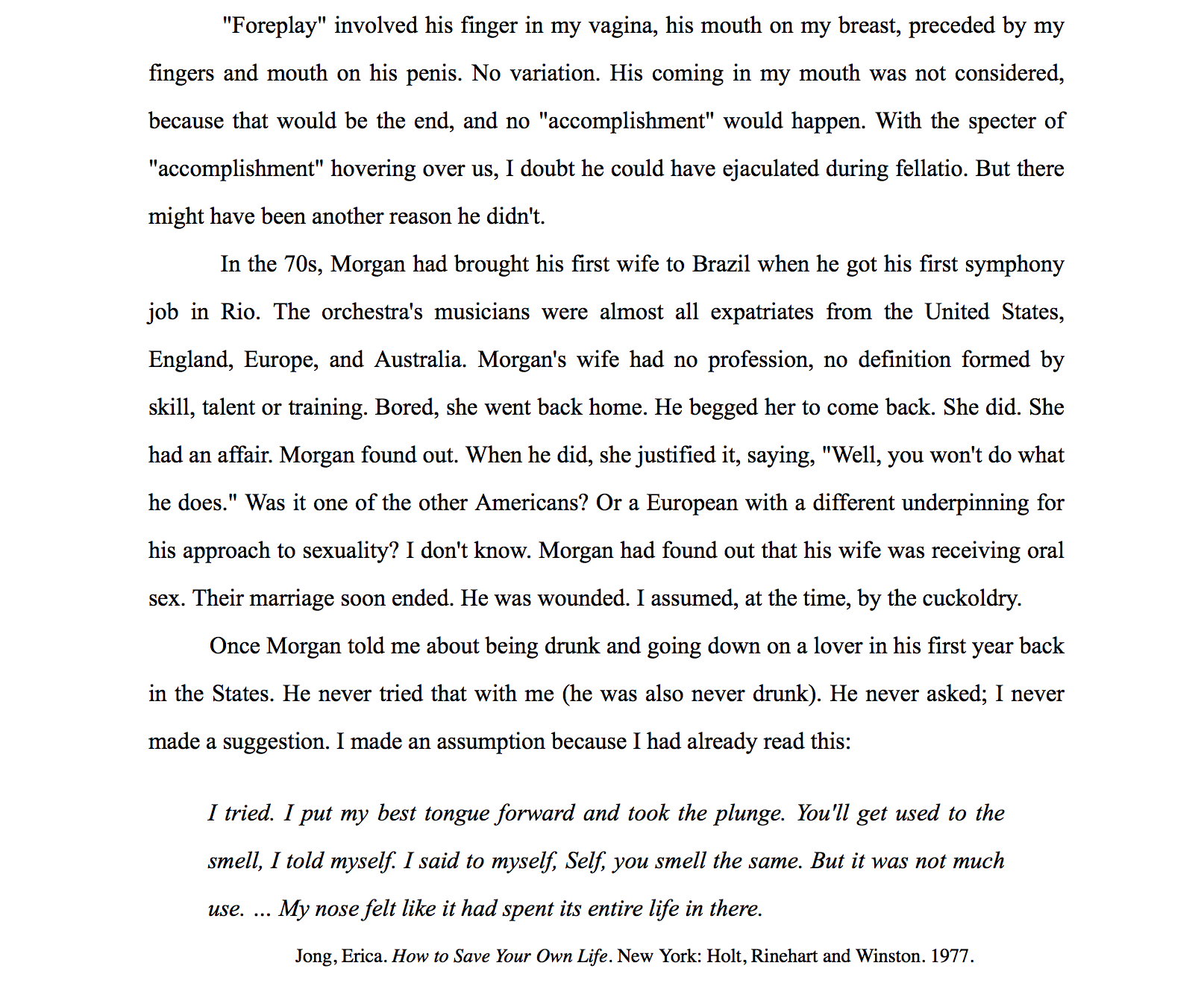
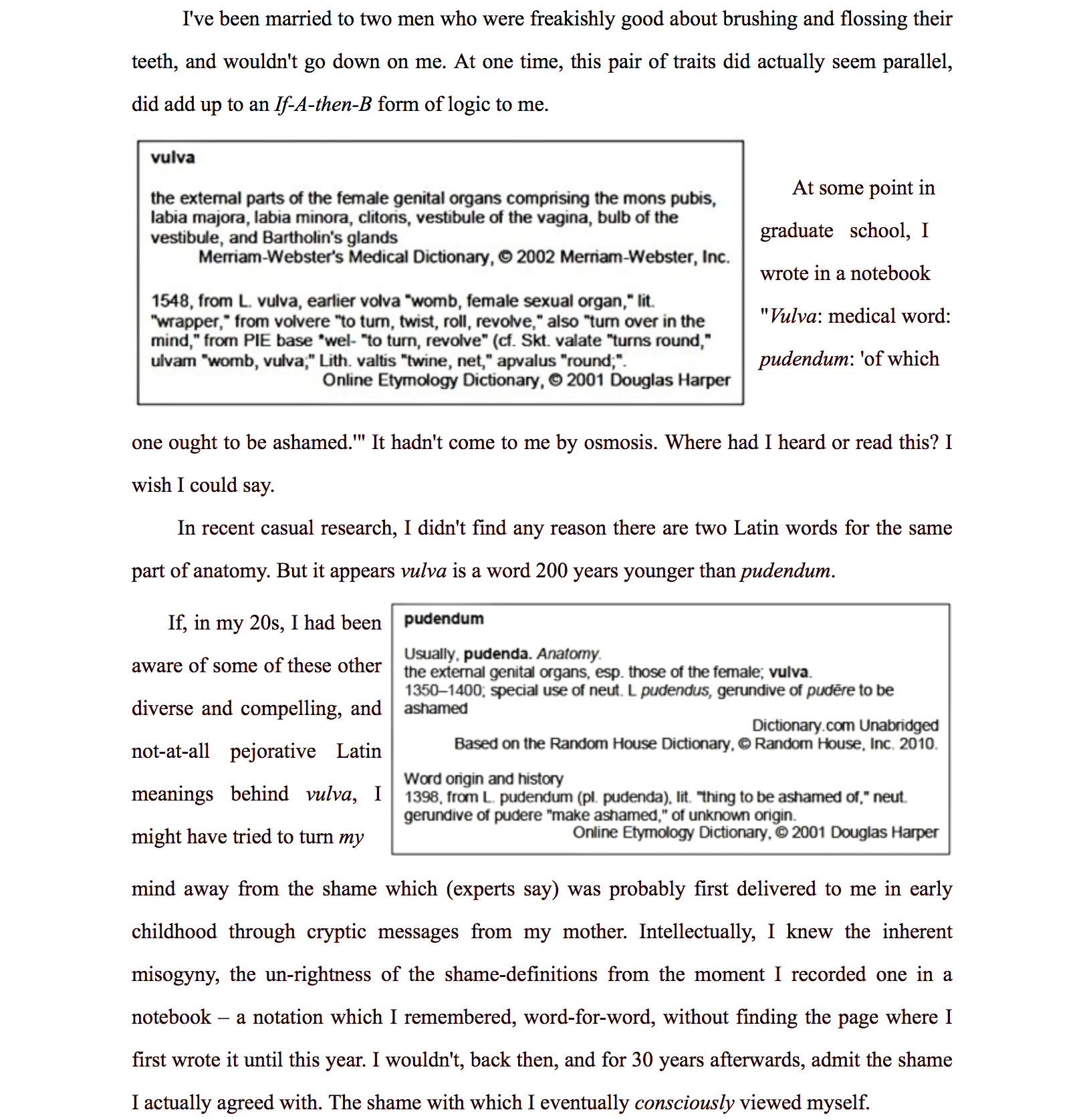
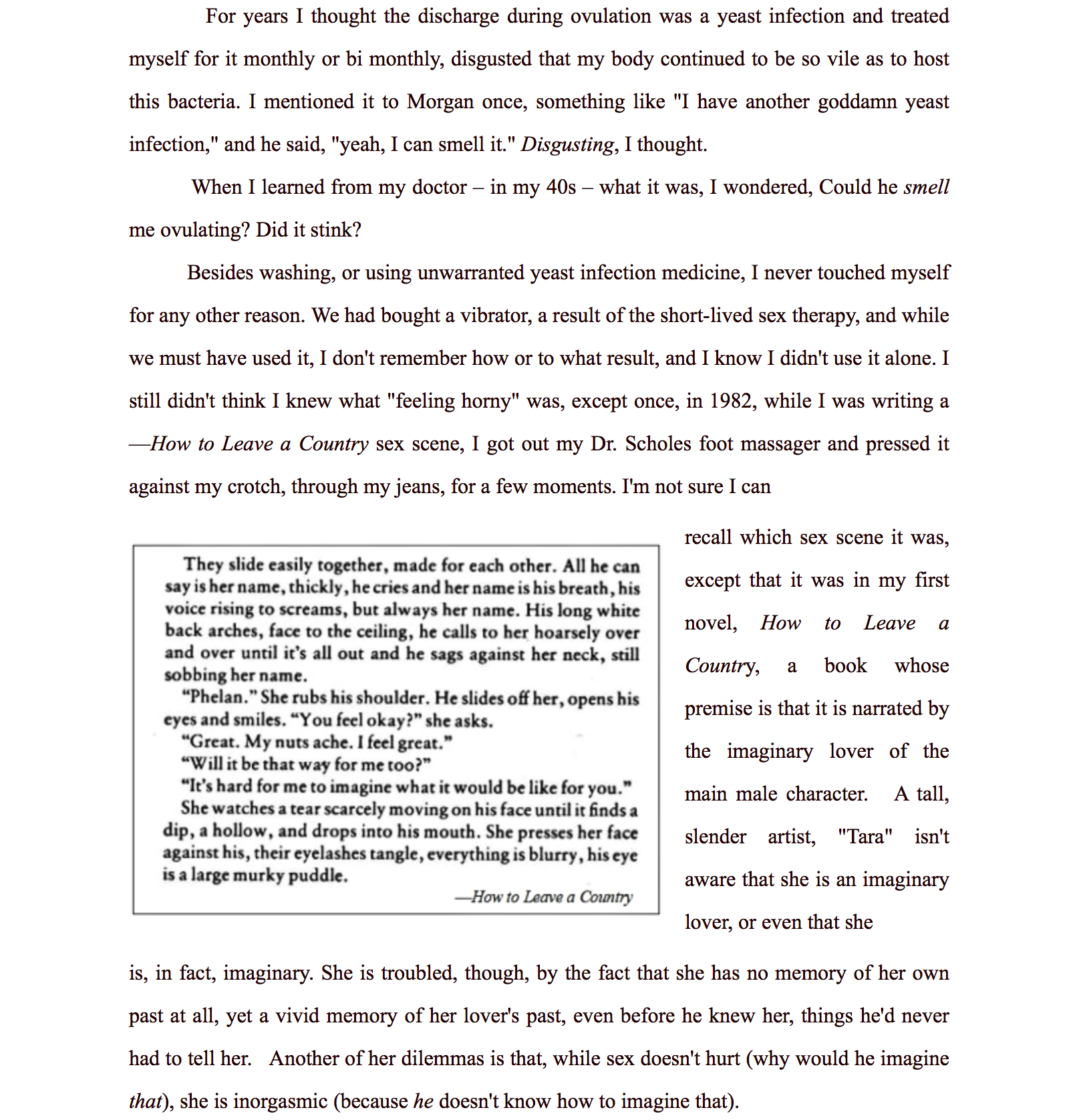
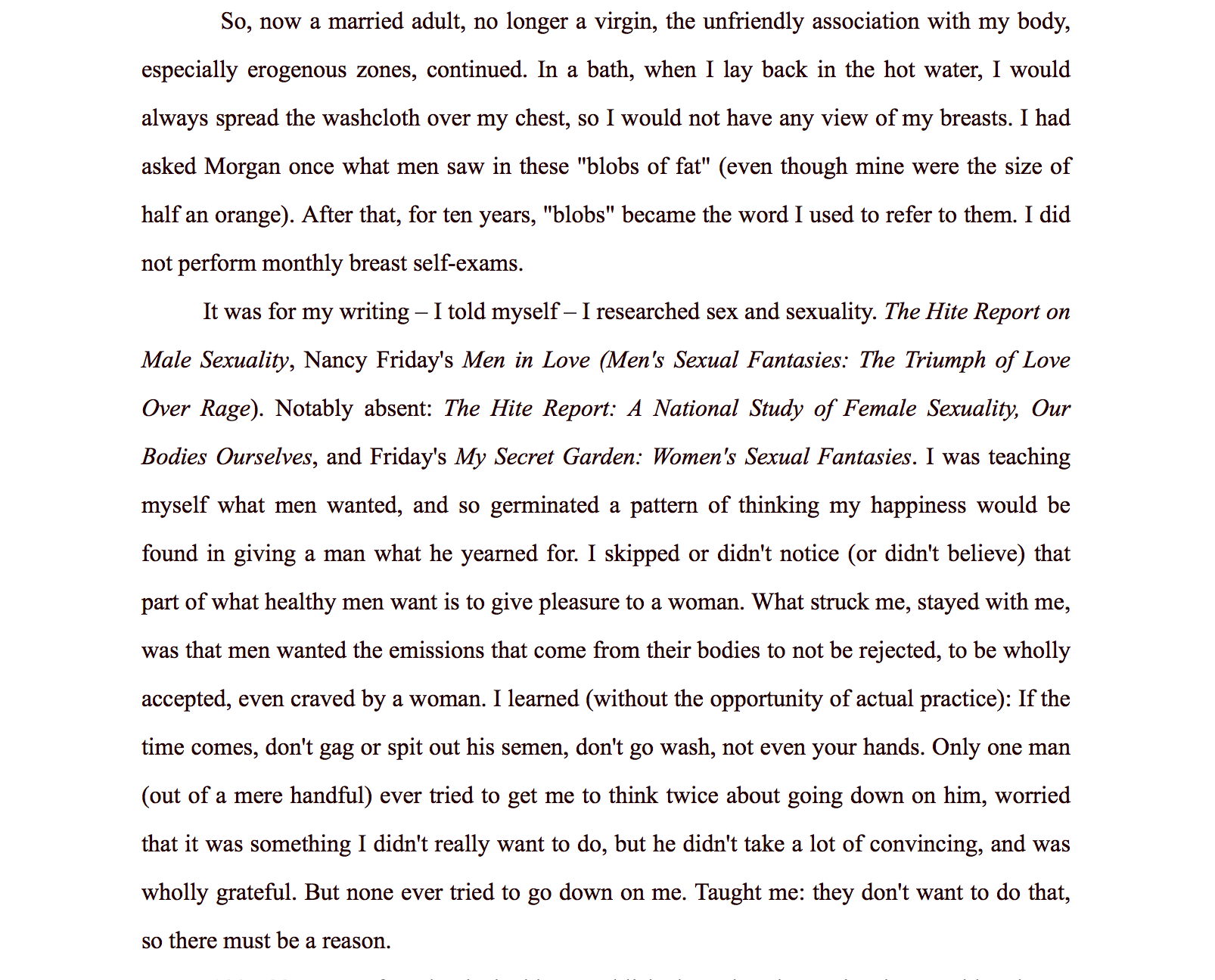
*
p.s. Hey. Lucius Rex asked me to thank everyone who talked about the post in your comments on his behalf. ** James Bennett, Hi. Evil Stick won, I think. I’m so happy that my fave books are finding favor with you. I liked things about ‘The Witch’. I think he probably should have stuck to making sequels for it. Honestly, I hated everything about ‘The Lighthouse’. As someone else basically here said yesterday, it was like bad theater. It was like Eggers found some rejected first draft Sam Shepard play in a garbage can and filmed it then tried to smother that into something goth-y and trendy with the most standard fare overstylized after effects in post-production like he was Tim Burton who’d smoked too much weed. Not to mention the sad spectacle of the once talented Willem Defoe cranking his long since gentrified schtick up to 11. And Robert Pattinson doing his hundredth slight variation on ‘beleaguered and mopey guy’. That so many people thought ‘The Lighthouse’ was anything more than that made me really depressed. So, there you go, haha. Nice: Italy. Venice is a dream. I imagine you’ve been there before. It’s been a total pleasure for me meeting you and getting to talk with you too. Enjoy the spoils of the south. ** kier, I think you made a toys post for the blog a million years ago if I’m not mistaken? Yes, we conferred on FB, and everything seems great. Thank you so much, pal. I’m happy you’re making the best of your Swedish options. And your two week install is going to pay off amazingly, you know that. I send you French kisses, which actually aren’t as raunchy as non-French people think. ** Steeqhen, Hi, S. It was wonderful: the poem. Cool to hear that backstory. I still haven’t beaten the Mario Party giant scissors boss who can kill Mario with one stab but the week is young. Victory will be yours and mine. Nice headphones. I only wear mine when I’m sitting at the computer so I think I’d feel decadent if I upgraded. But maybe not. Hm. ** jay, Hi. Lucius did a helluva job, yes. Is it not ‘gay’ to like yaoi? Is being properly gay that boring? Rhetorical question. At least over here, wall text makers are suffering from some kind of mania that makes them want to retrofit every artwork throughout history with an overriding intention on the artist’s part to examine their gender and/or race instead of whatever the artist was actually doing. If I had to pick a fave Mann, I think I’d have to go with ‘The Magic Mountain’ maybe. Oh, Horatio. I owe him an email. Damn, I have to get my shit in gear. Thank you: Mario and I need both luck and an instant health recovery mushroom that I can’t buy because the doors of Bowser’s Castle are sealed shut and the shop is in Toad Town. Eek. Best to you and whoever your imaginary best friend is at the moment. ** Bill, I too so miss Toys ‘R’ Us. There’s a big one near where I live in LA that’s still sitting there empty with all of its signage and abandoned interior decor intact torturing passing drivers. I hope the weekend killed off the last of your ills and that you’re pricing out bottles of champagne. ** Charalampos, Happy week. Popularity is a fool’s game. Mm, no, I think I only have that one gifted book by a beloved. Other things, but I think he was the only big reader I was ever obsessed with. I had the titles first for a number of my novels. Let’s see … ‘Period’, ‘God Jr.’, ‘The Marbled Swarm’, and I think others. I think Dunce Codex is now back from the printers and ready to be born, from what I gather. ** Misanthrope, Okay, maybe that’s true, i.e. Bezos, Musk, and all those ever more disgustingly rich fucks at least. I’m a pushover re: GbV, obviously. There’s only one song among their billions that I don’t like. So I’m really, really a pushover. Any actual Mexican restaurant no matter how tight their menu sounds awfully good to me. ** James, Yay again for/to Lucius. So post-nasal drip is your Achilles Heel? Sorry, man. Oh, gosh, how cinema influenced my writing requires too huge an answer for the likes of a p.s. context. Like, a lot, like, thoroughly. How much I like a film usually depends on whether there are things in it that excite me enough to want to try to transpose them into written fiction. It’s mostly style and structure stuff, yeah, I guess. I think I agree about chocolate custard. I would say it’s noble but failed experiment. Oh, Car Seat Headrest’s success is due to the gayness of their audience? That’s interesting. I don’t think my mom was particularly wild about any of her sons, to be fair. One of us gave her a grandkid, and I think that made him the chosen one if she chose. ** Cletus, More cheers for Lucius. Lucius, they love you, bro. I didn’t even know ‘God Jr’ had an audible version. Yikes. Sure, excited for your new chapbook, of course! The holidays will be a puff of smoke soon enough. Hang in there. ** HaRpEr, I totally agree with you about the unbeatable preciousness of writing fiction. Right now I want to make films more than novels, but that only happened after dedicating myself to novel writing for a long, long time to the point where the collaboration and visualising aspect of filmmaking feels really fresh and challenging and novel writing feels like something I’ve conquered already for the most part. Not that I don’t want to write more novels. No, it wasn’t scary to start making films, partly because I have a collaborator who’s a more visually inclined artist than I am. But it probably helped that I wrote Gisele Vienne’s theater pieces for quite a while before film became a doable option, so I already had the interest in writing for physical beings and worlds that I couldn’t totally control. I’m sure I’ve said this before, but when I first discovered serious lit as a young teen, the vast majority of writers that excited me were dead, and I always imagined writing things that some kid in the future would find and be able to enter and appreciate without having to deal with a bunch of contemporaneous noise and factors surrounding the work. Oh shit, that Mike Kelley wall text is a horror. Mike would literally strangle whoever wrote that to death if he was alive. Jesus. ** Arla, Hi, Arla. Welcome! It’s really good to meet you. Sucks about the insomnia. Lack of enough sleep is my worst nightmare, or, well, one of the worst. You sounded totally cogent, if that helps. Lucky you and your sister to have had each other, obviously. And having had surroundings to run wild in. I play video games, and they’re kind of like jigsaw puzzles in a weird way, or the ones I like are. Thank you a lot about the blog. Please feel free to come and talk any time. It would be a pleasure. And I hope your year ends exactly as you wish it will. ** nat, I’d never heard of Evil Stick. I think maybe it was a UK thing? Or I was just out of it. I am thanking you on behalf of the shy Lucius. Shockingly fine! Nice, wow, that’s a fineness I will now hold out as a goal. I don’t know ‘Rejection’, but I’ll look into it. ‘The Proof’ is my favorite of the trilogy novels. See what you think. Good old soup. What soup? My go-to is split pea. ** Tyler Ookami, There are good ass smells if you’re in the right mood. Someone should make a documentary about Swifties in the style of ‘Heavy Metal Parking Lot’. Good luck with ‘Nosferatu’. I suspect you’ll need it. ** _Black_Acrylic, I accidentally live in the so-called fashion district of Paris, so I see an unusual number of celebs and tall, beautiful young people staring straight ahead and walking in a clomping manner down the street. Your hat stand looks like my bookshelf. But better. ** Lucas, Hi. There is the friend-seeing aspect of NYE, that’s true. Plus seeing what your friends are like when they’re shitfaced drunk. That’s kind of interesting too. Yes, March! My weekend was not a ton of stuff. Video game. Talked with my old pal John, an artist who also plays ‘Dad’ in ‘Room Temperature’. And I found out another ‘Room Temperature’ star, Chris, artist who also plays ‘Paul, the janitor’ is here in Paris with his family for Xmas, and I set up a face-to-face with him. Not much else. I hope your health is right as rain again. What a strange saying: ‘right as rain’. In what sense? ** Uday, Hey, U! Good to see you! I’m happy your rough time is history. Oh, re: the post: Basically, send the post as a text with indications of where any images, links, and videos go. Send the images separately as attachments. Also any links that aren’t in the text. I can assemble the post from that on my end. You can send it to me by email, or you can set up a google doc and share that with me. Or something like that. Does that make sense? I’ve been up to not a whole lot, I guess. Well, some writing and friends and this and that. The holidays are pretty quiet. Everybody’s out of town doing their holidays wherever else. What have you been up to? ** Okay. I have spotlit a very good novel by the very interesting and strangely under known veteran novelist Cris Mazza for you to take under your consideration today. So please do that, and I’ll see you tomorrow.
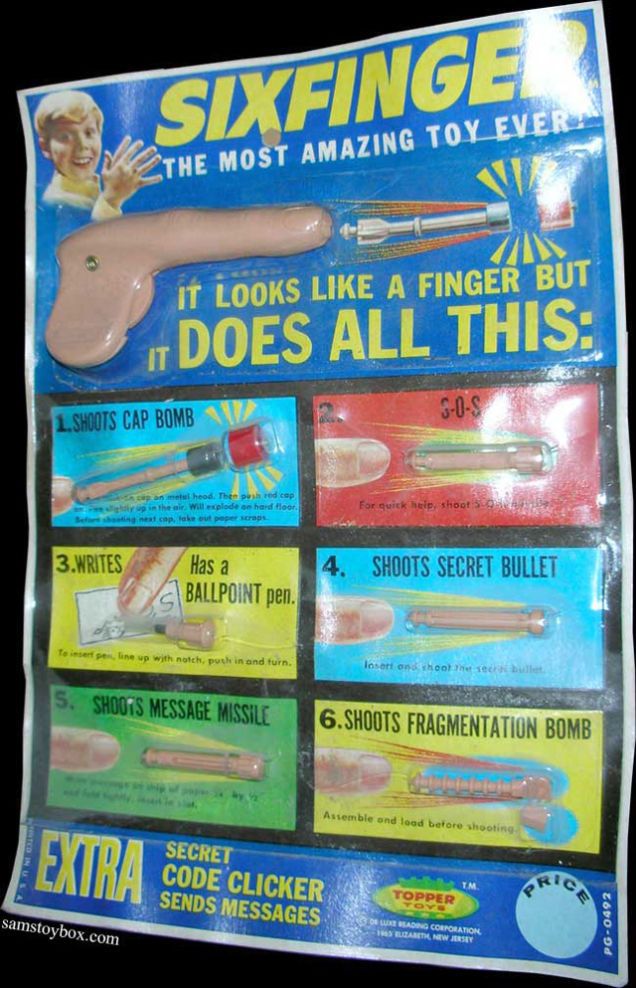
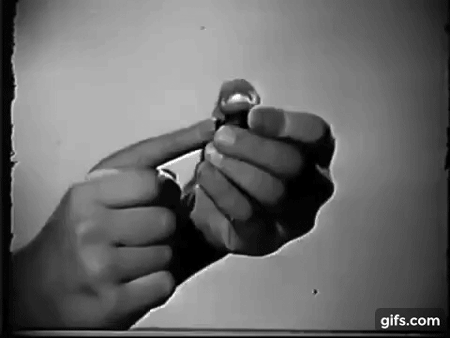
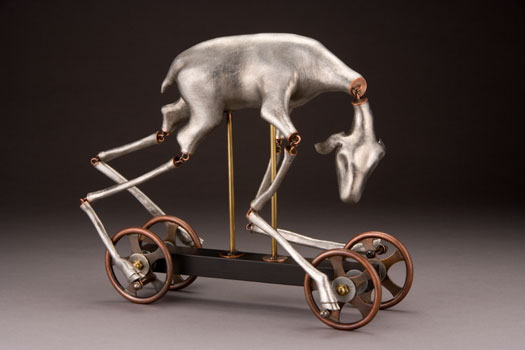
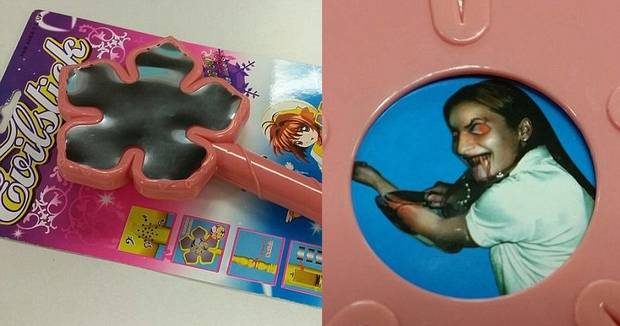


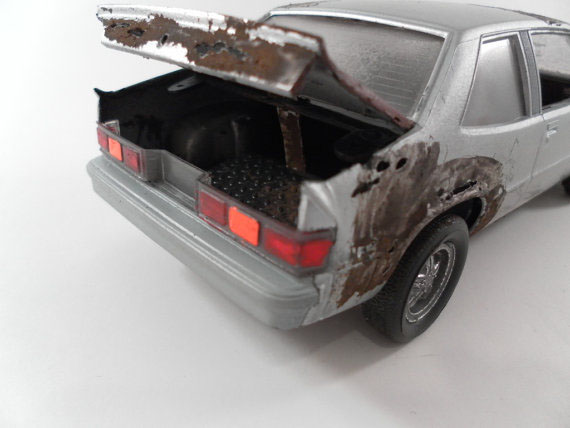
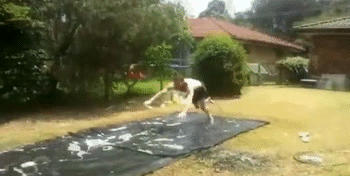


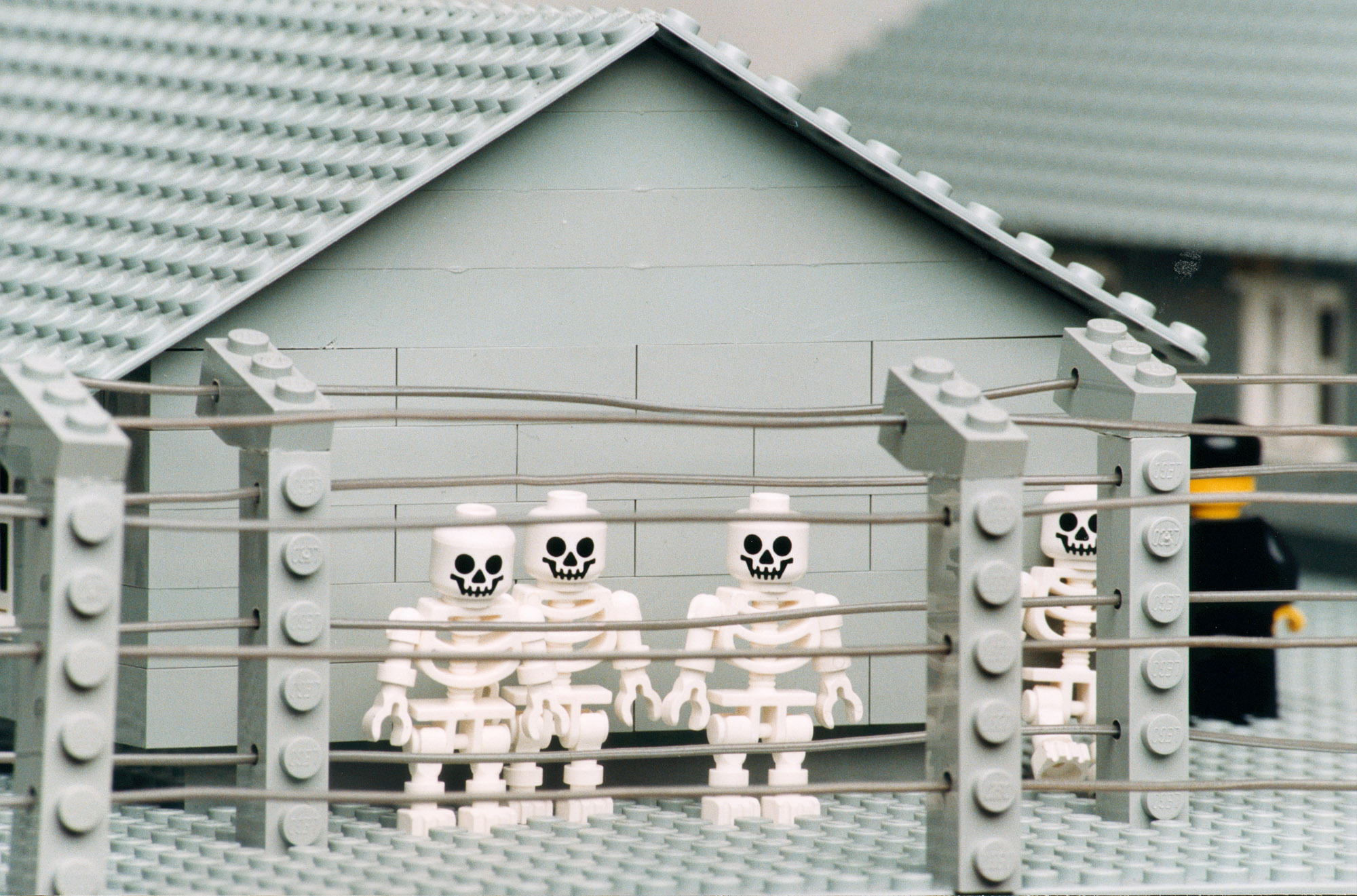
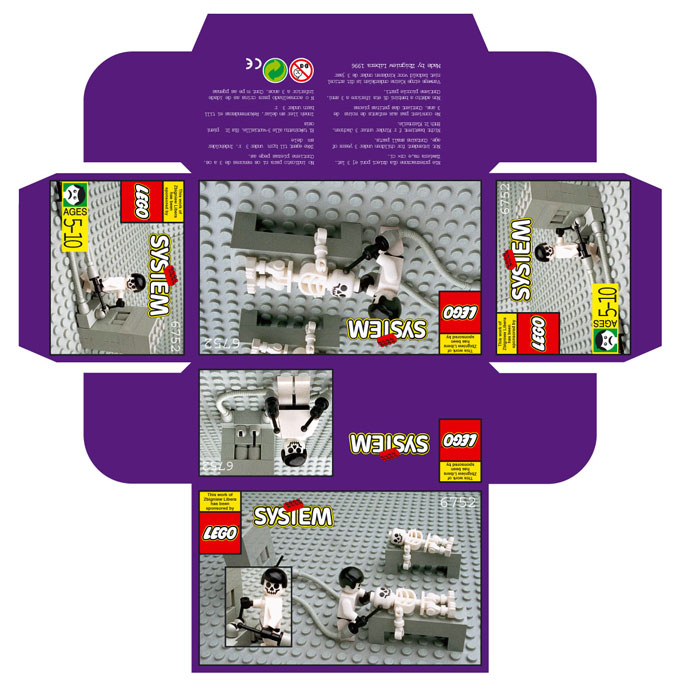
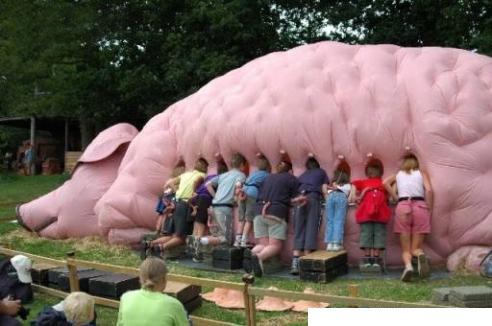


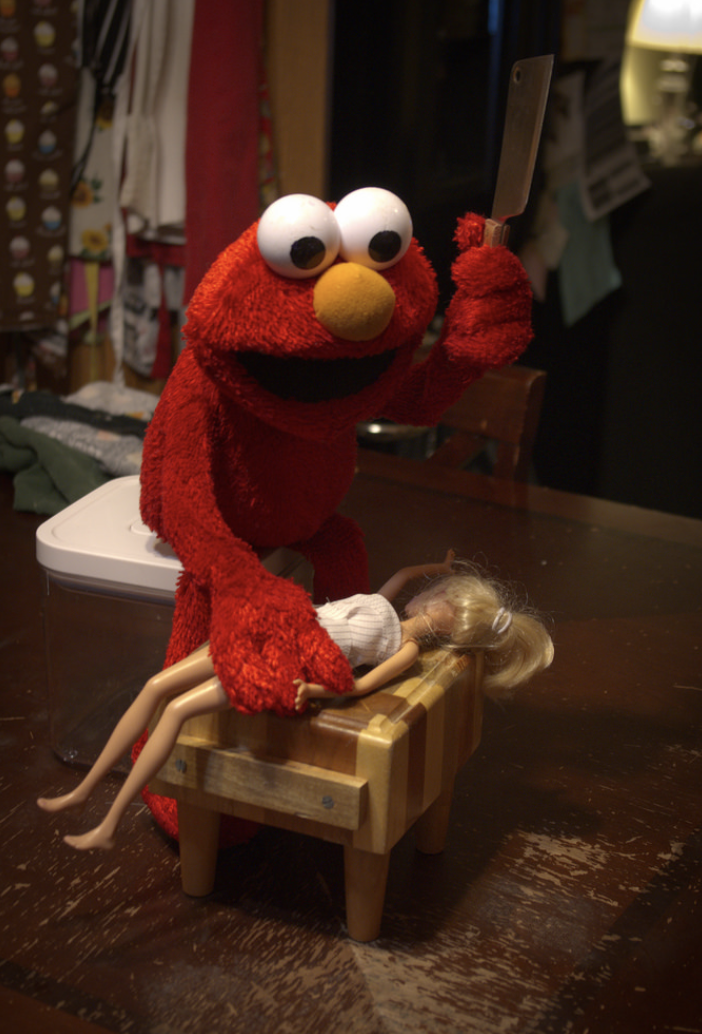

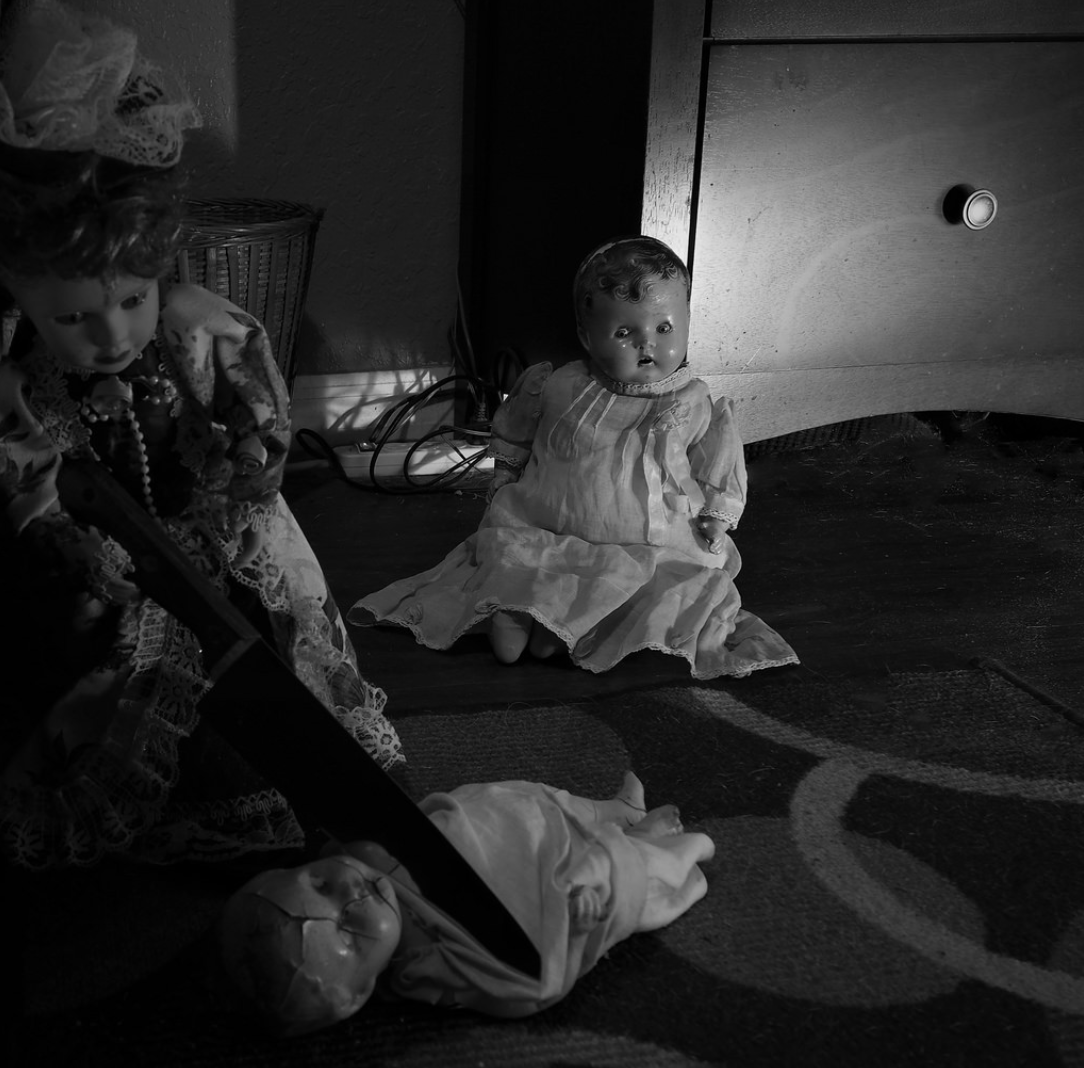




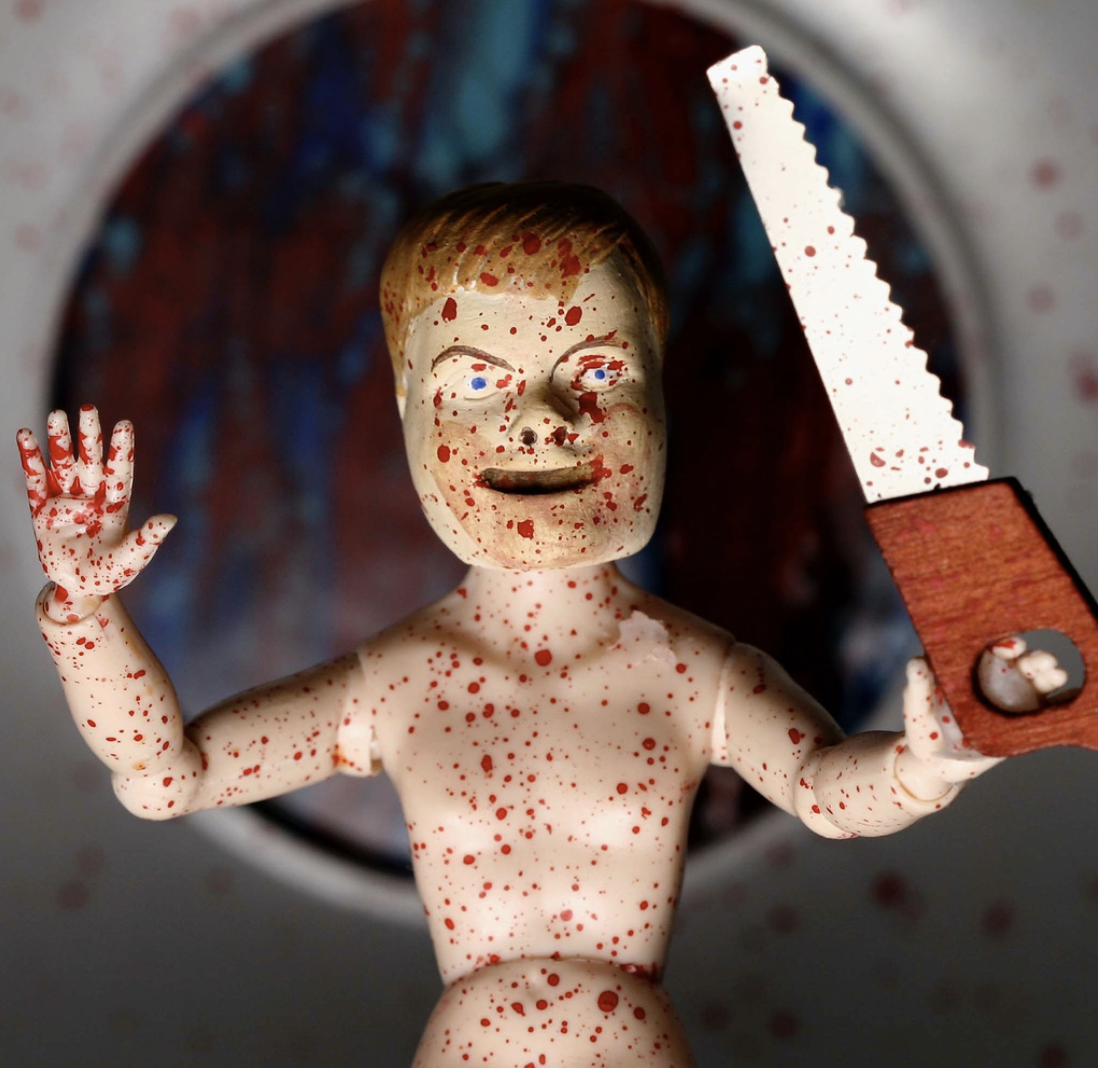


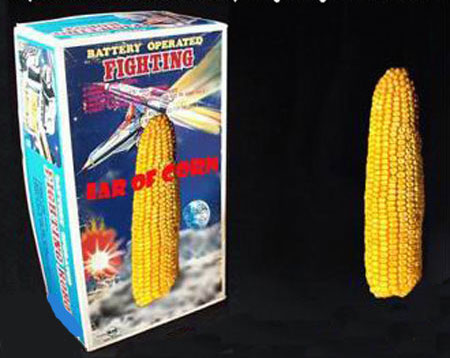
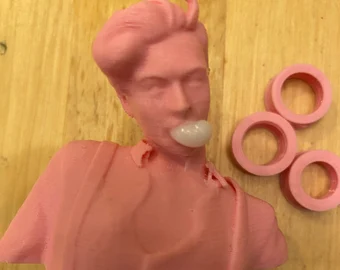
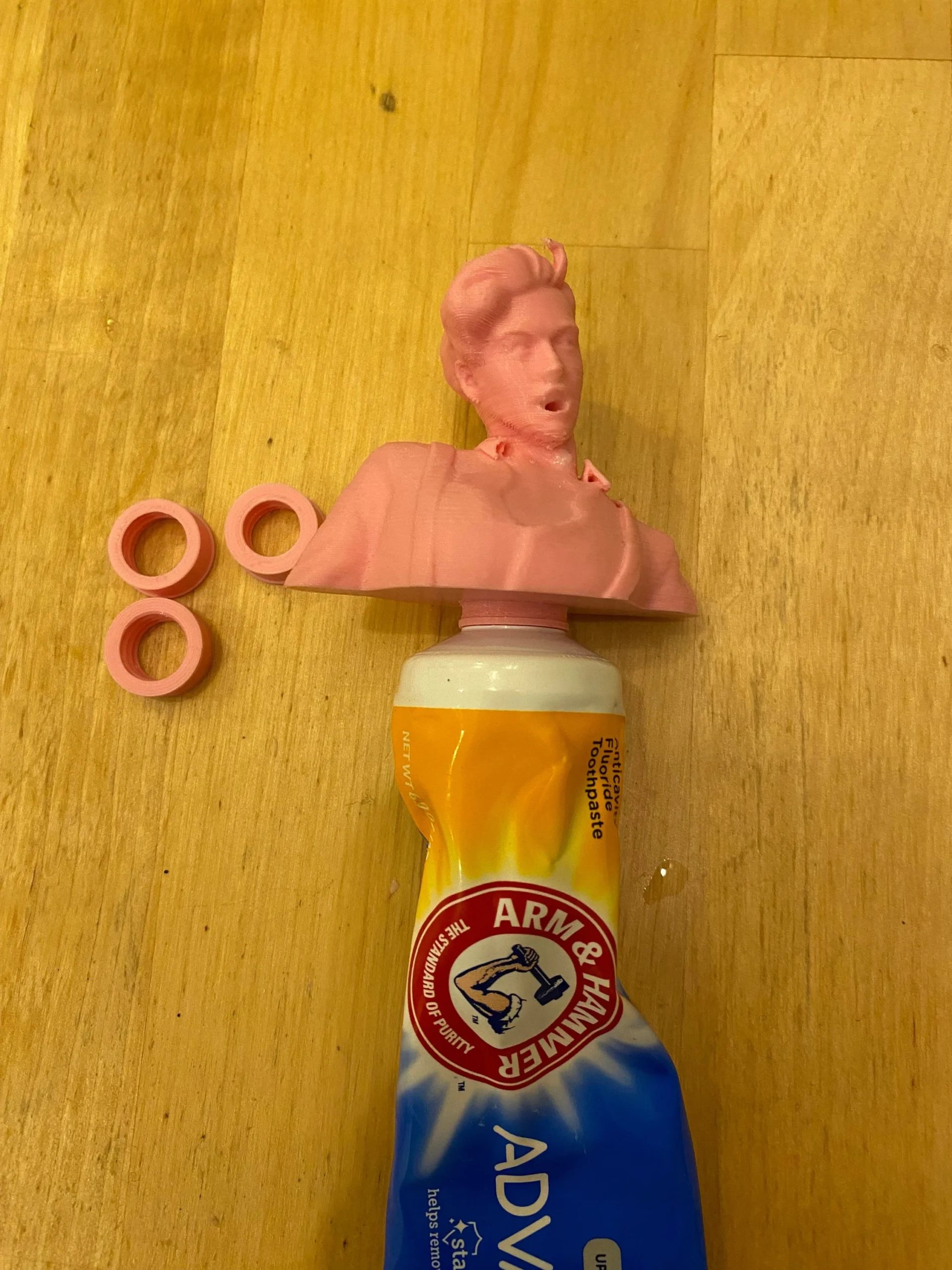
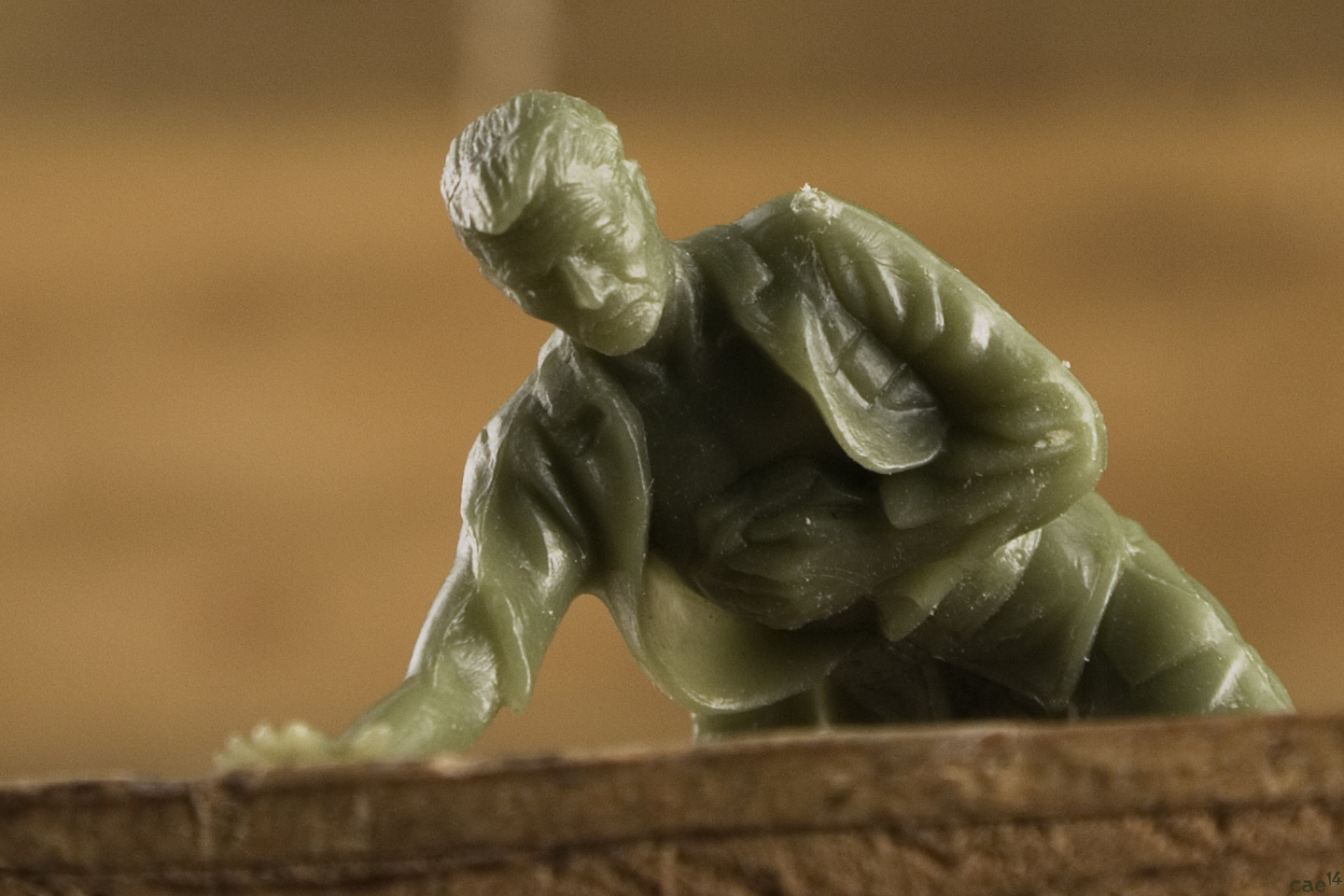
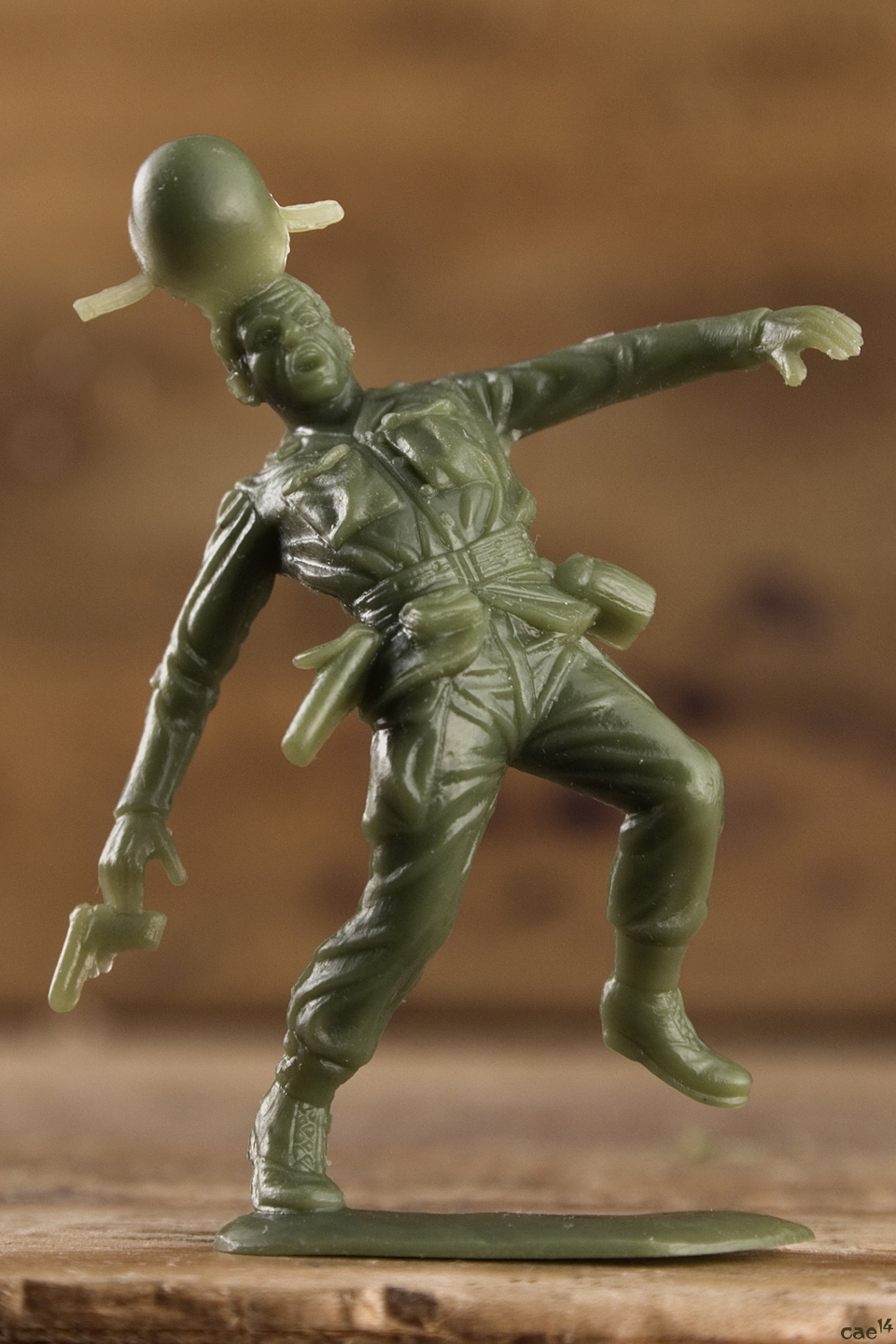


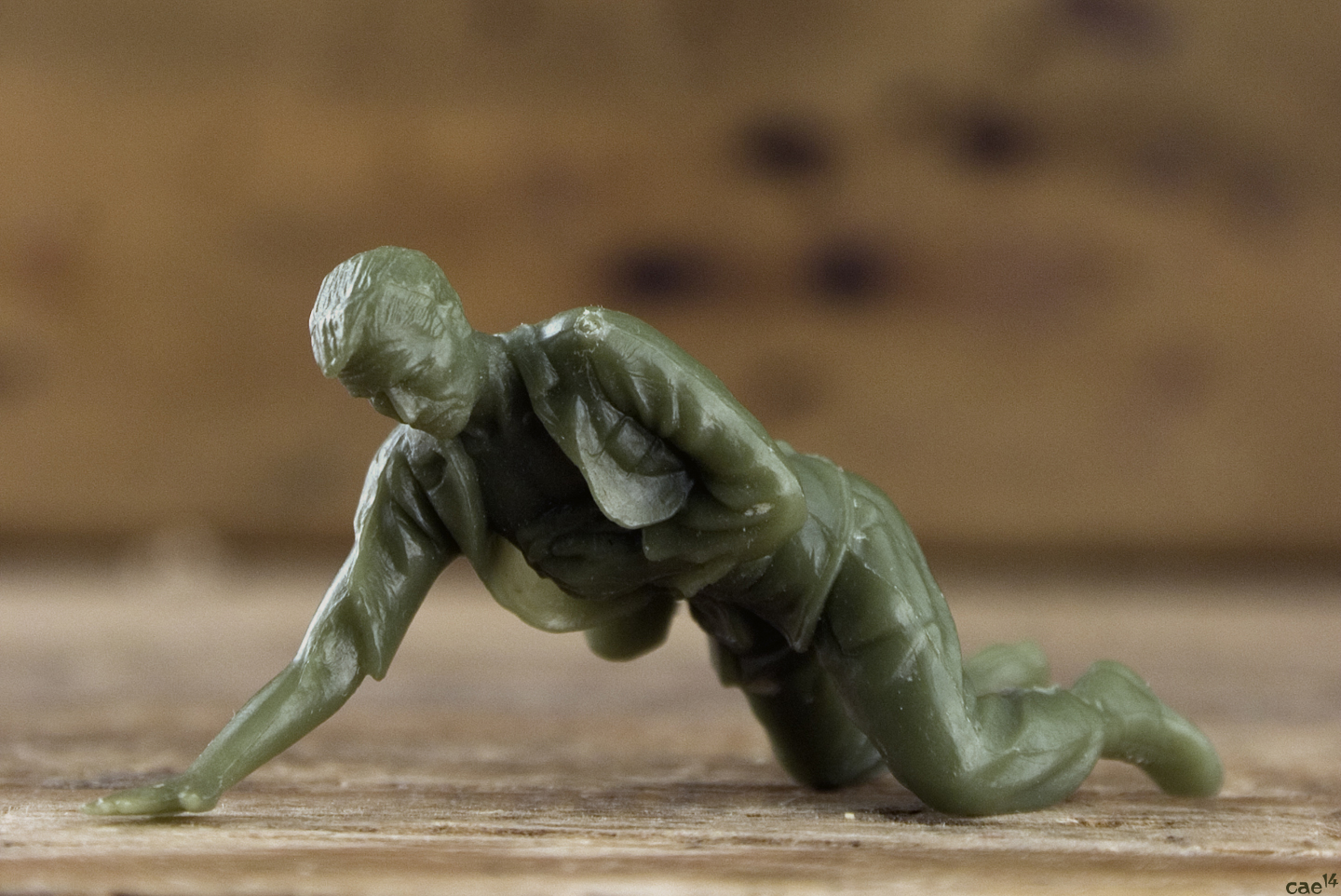





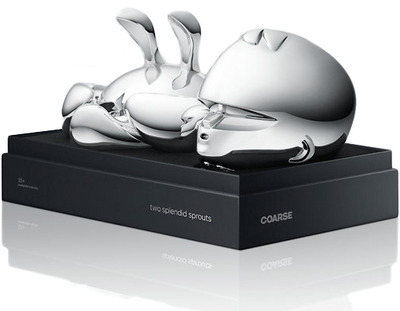
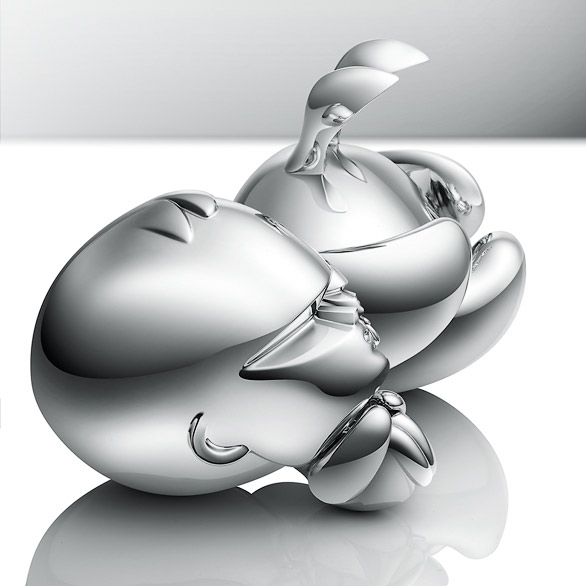
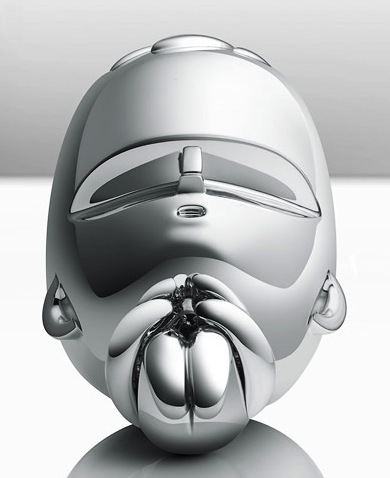

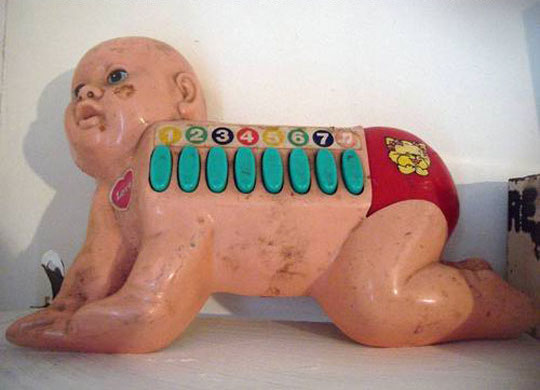



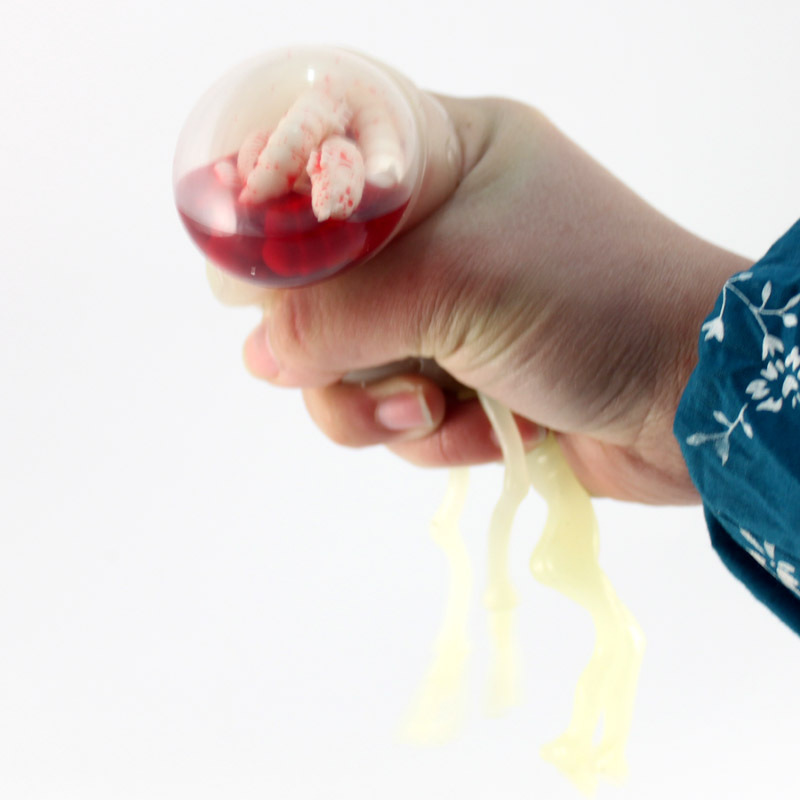
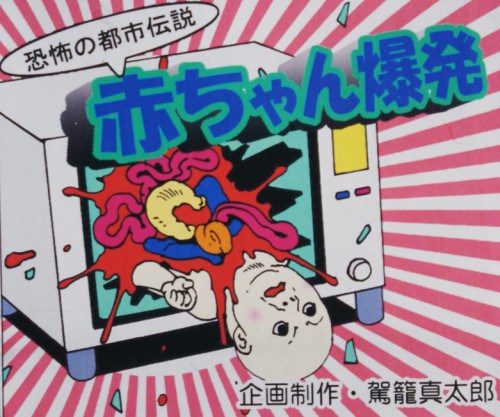



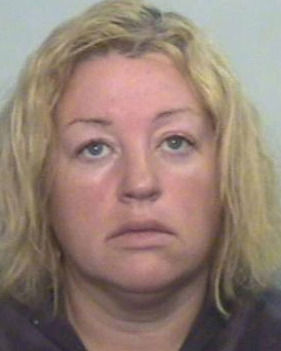
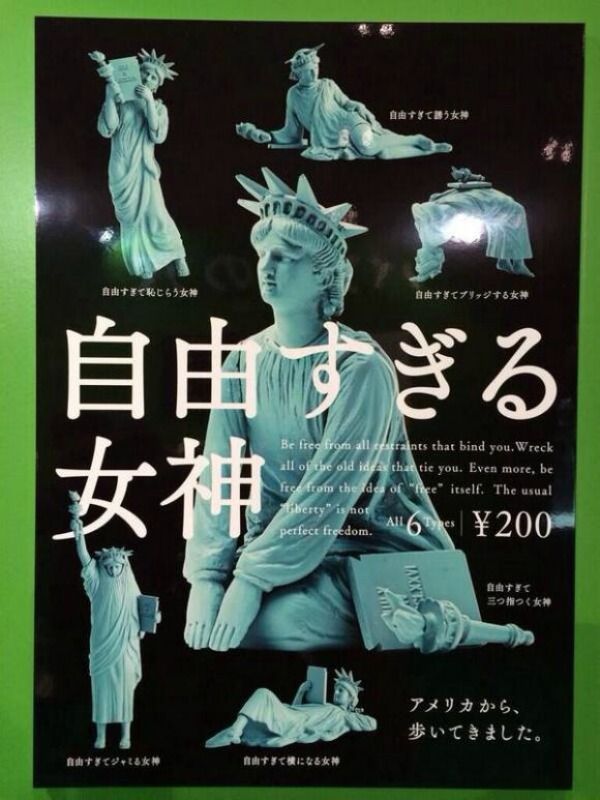
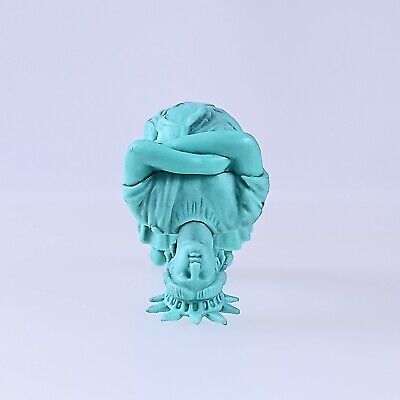





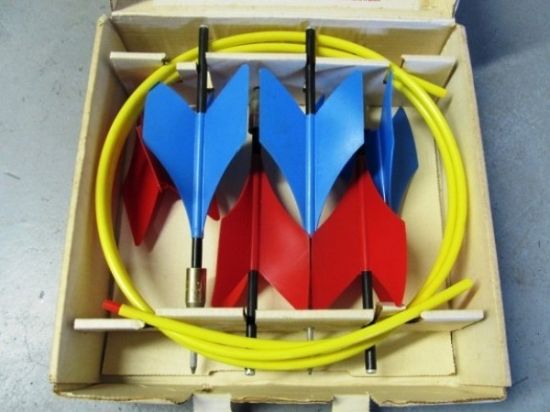

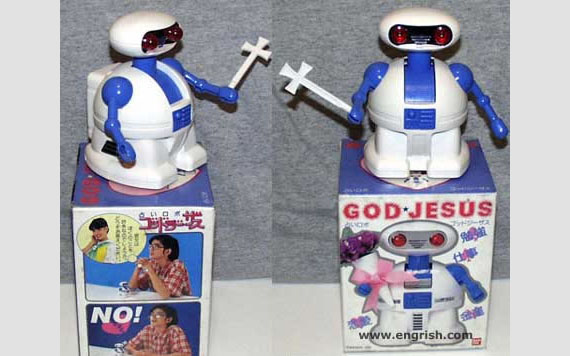

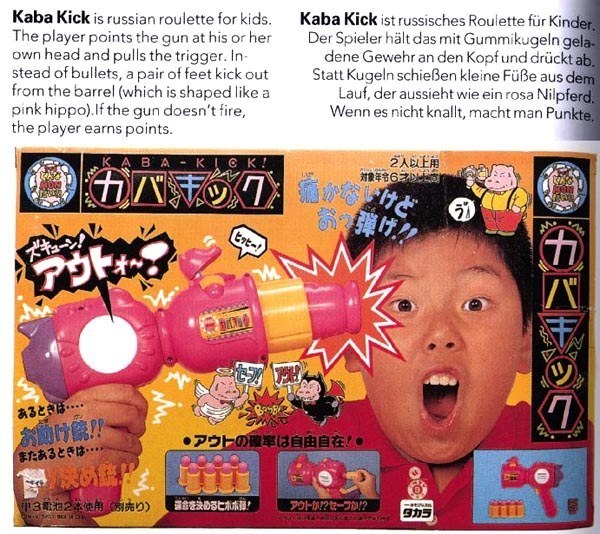


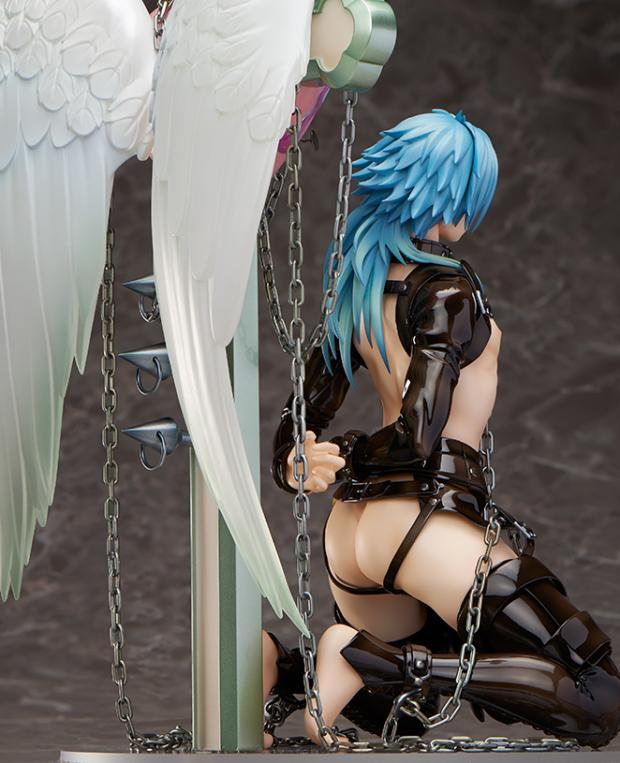













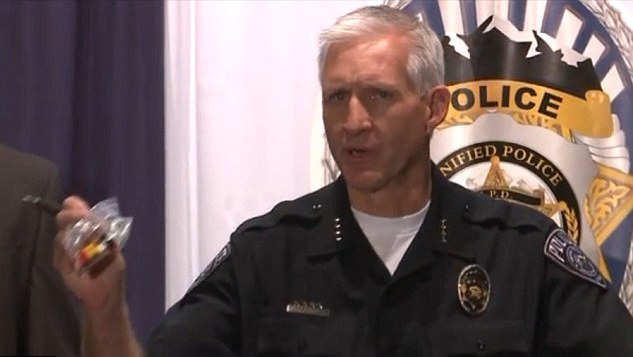
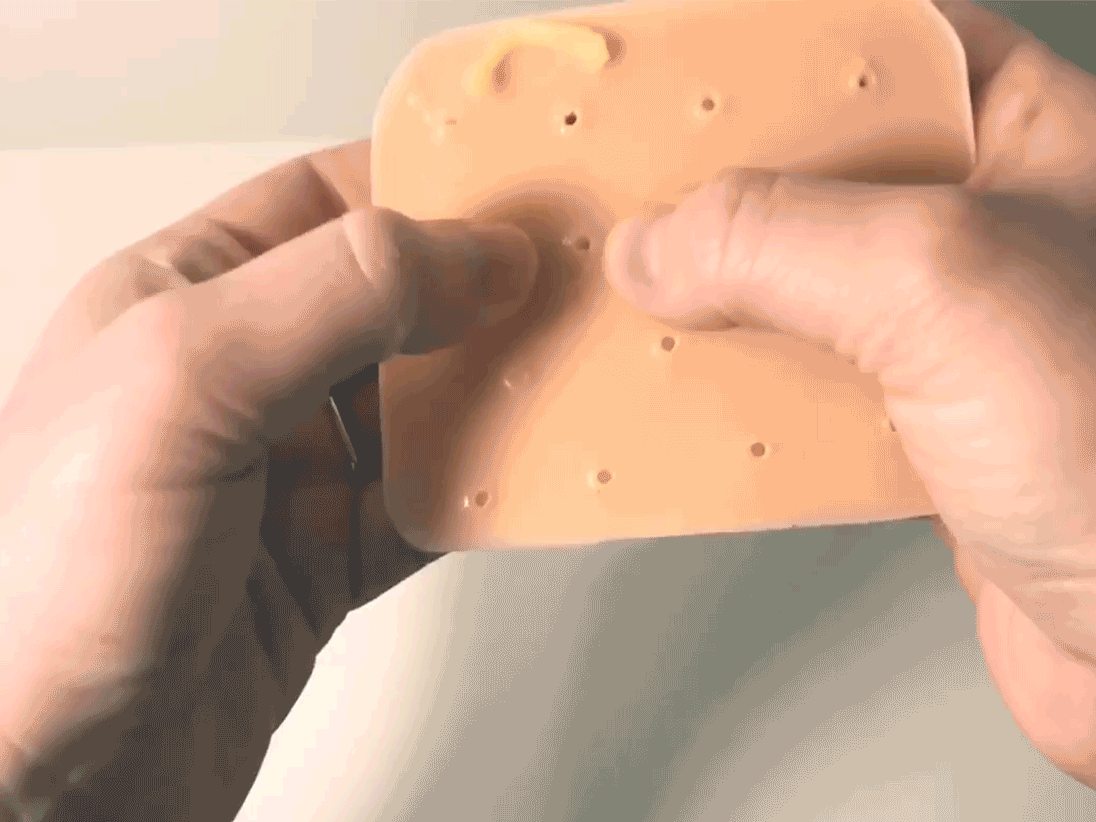

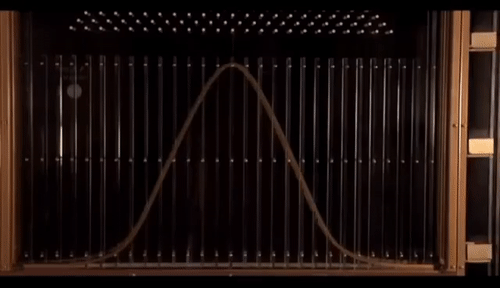

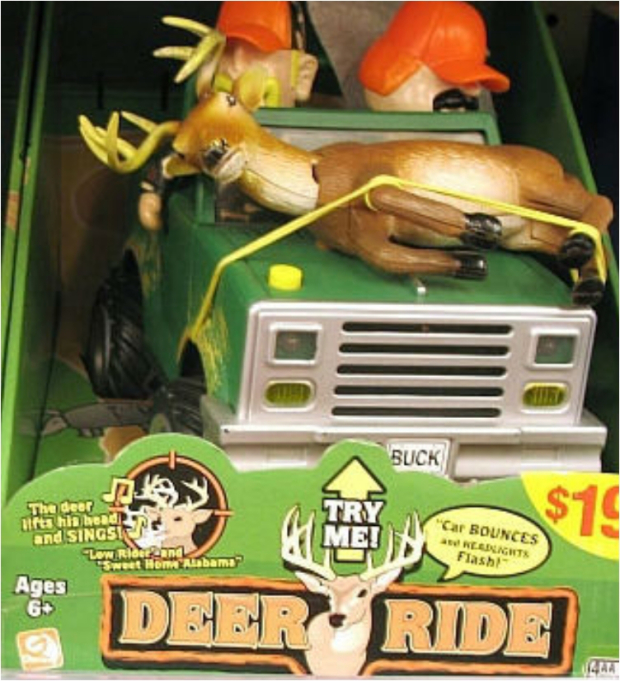

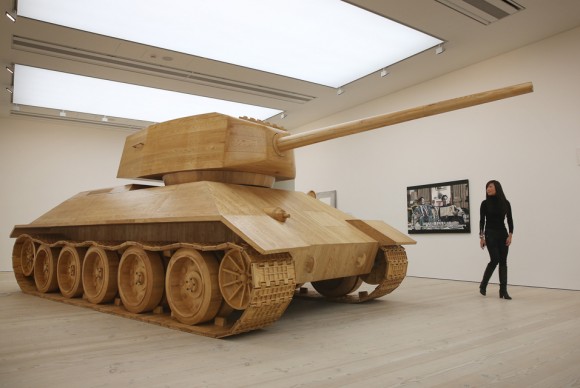

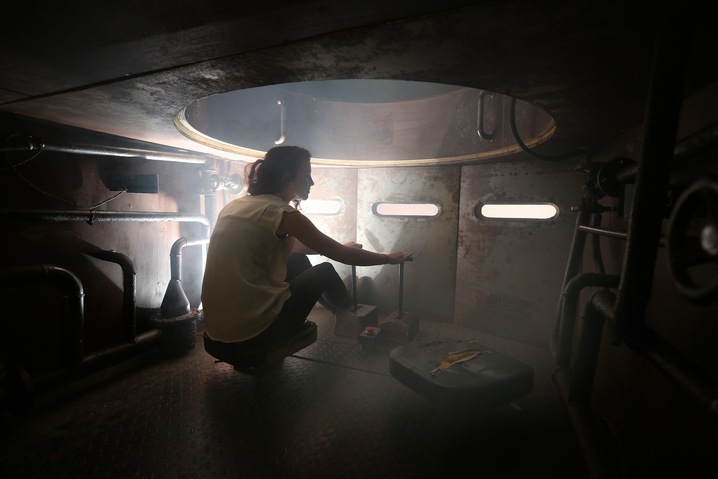
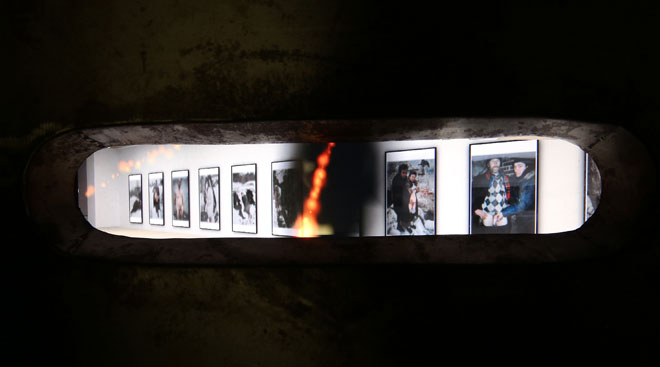
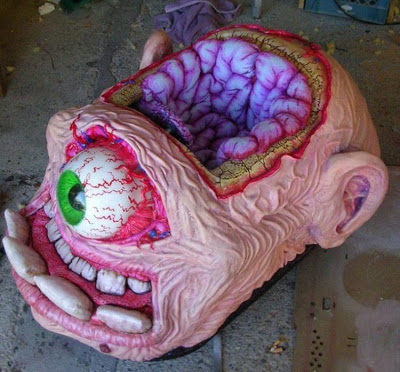
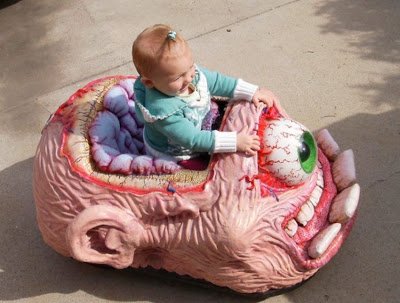
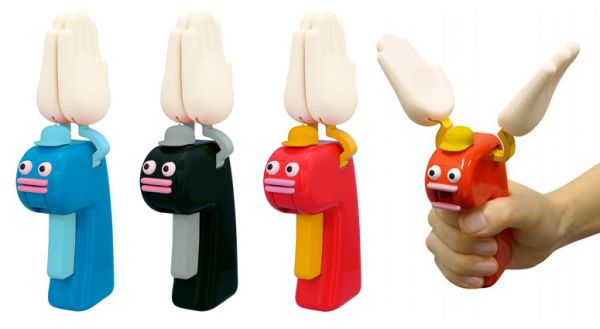
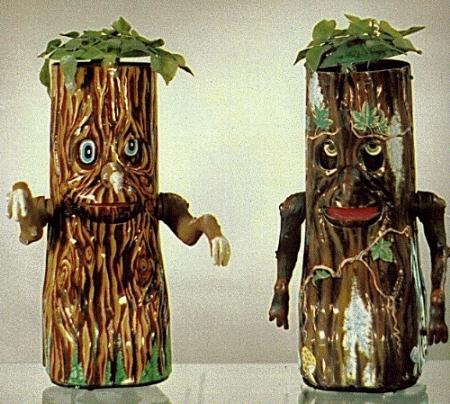
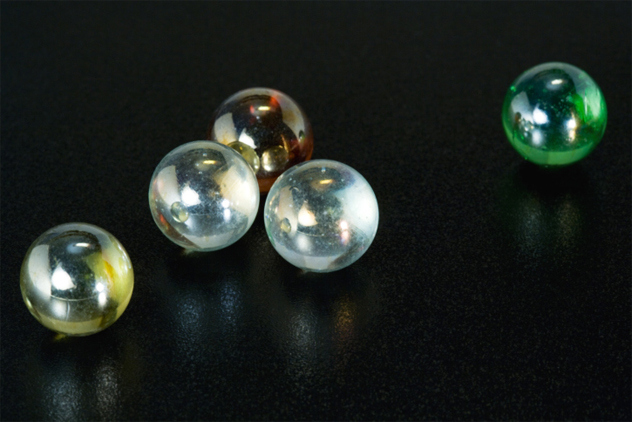




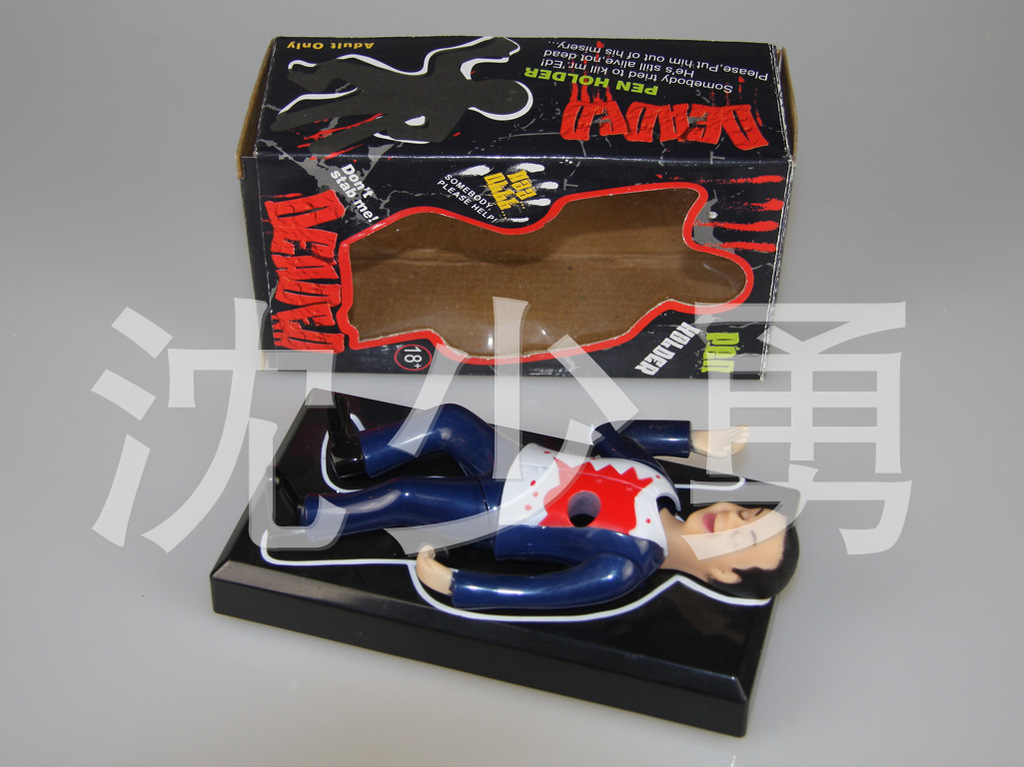
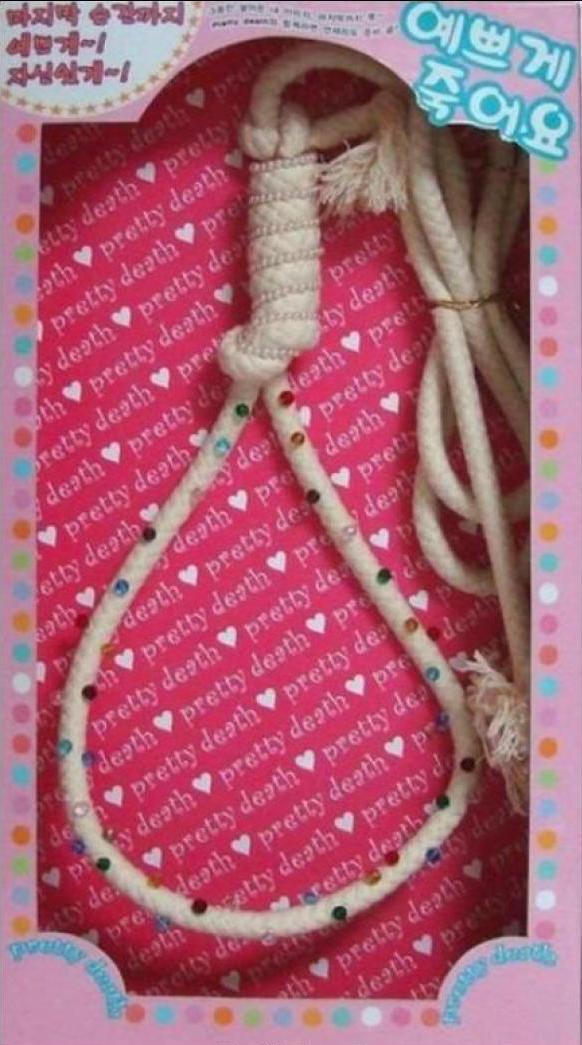
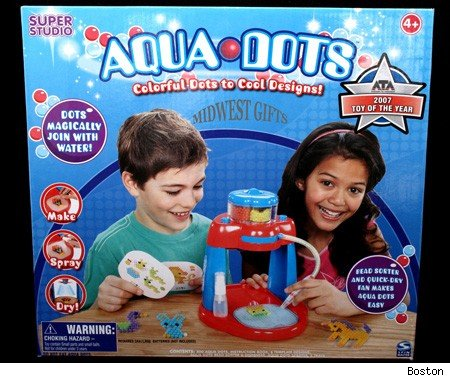


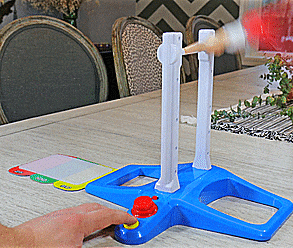





 Now available in North America
Now available in North America 